Race Across America (RAAM) is an ultra cycling race held in June each year. It’s considered by many to be the world’s toughest bike race.
Cyclists pedal solo or in two, four or eight person relay teams, 5,000 kilometres across America, racing from the west coast at Oceanside, California, to the east coast at Annapolis, Maryland. The time allowance for this is somewhere between 9 and 12 days depending on your age, gender and whether you’re cycling solo or in a team.
It’s an event so gruelling that in a typical year, less than 50% of solo competitors finish.
San Francisco-based Sarah Llewellyn, who wrote our Bay Area guide, crewed for Dorina Vaccaroni in the 2023 RAAM. Dorina, a 59-year-old Italian national now based in northern California, is one of the world’s top female ultra cyclists. In this article, Sarah shares her behind the scenes experience of the RAAM Race Across America.
This article shares Sarah’s recollections of RAAM 2023. Please read the rules, entry conditions and information on the official website if you want to take part in RAAM. In the event of any discrepancy between this article and information on the official website, please rely on the official website. We are not the organisers of this event (and nor are we connected with them).
Overview of RAAM Race Across America
RAAM has to be the most intense bicycle race on the planet. The distance to race across America is vast (3,000 miles or nearly 5,000 kilometres), the elevation gain mind boggling (over 170,000ft or 17,000 metres), the conditions excruciating.
The RAAM Race Across America route is on open roads and includes a thousand miles of searingly hot desert, roads that stretch as far as the eye can see, mountain passes so high that the riders require oxygen, open plains with brutal headwinds or crosswinds, potential thunderstorms and tornadoes, severe humidity and some terrifyingly busy roads.
The cycle across America route takes in 12 states as well as
- major mountain ranges: Rocky and Appalachian mountain ranges
- four of America’s five longest rivers: the Colorado, Mississippi, Missouri and Ohio
- mythical American landmarks including the Mojave and Sonoran Deserts, Monument Valley, the continental divide, Great Plains, and the Ozarks.
The time limit for solo riders is so ludicrously short that riders pretty much have to pedal around the clock if they are to complete the race within the allotted time. It’s arduous and perilous, and the effort required by the riders defies what you think is humanly possible.
The overall winner usually finishes RAAM in around nine days, which requires them to ride around 22 hours per day. The 8-person team tends to complete in around five days. The time cut off for Dorina’s age group was 13 days and 5 hours.
Given all this, I find it deeply impressive that the race attracts both professional and amateur cyclists, with many raising money for charities.
How I got involved with RAAM
My adventure began in February 2023, when I first met Dorina on Mt Tam. It was one of those “sliding doors” moments.
I was coming down the mountain as she was going up, and we both just happened to stop at the same place at the same time. Being a typical Brit, despite living in California for more than 25 years, I initiated conversation with a comment about the weather. This led to a brief but entertaining chat about Dorina’s cycling exploits.
She told me she was a professional ultra cyclist (now based in Northern California), had once “Everested” Mt Tam (10 consecutive ascents/descents) and twice competed in the Race Across America (RAAM) bike race. At that stage, RAAM was something of which I had just a passing awareness. Before we parted ways, Dorina told me her name and said I could find her on Facebook.
When I got home, I looked her up. Her background was seriously impressive! She started out as a fencer and had won gold, silver and bronze medals in successive Olympic Games before turning her attention to cycling. In addition to teaching fencing at the Marin Fencing Academy, she trained up to 10 hours per day cycling, running and swimming. I later discovered that she had also once been a professional road cyclist before focusing on endurance events in cycling.
I dropped Dorina a line via Facebook to say maybe we’d see each other on the mountain again some time, not thinking for a moment that that was likely to happen. But within a few days I got a message back asking if I’d be interested in joining her crew for the upcoming RAAM in June. She said it would be a “bella esperienza” for me!
I was immediately intrigued and, being the adventurous type, definitely interested! We arranged to speak and during that conversation Dorina explained that last year her crew was entirely male and she realised that she needed a woman on her team to act as her “soigneuse”. I thought, well, it’s only 13 days and I’ve always wanted to cross the country, so why not? Count me in! I knew it would be a challenge, but I was fully prepared to give it my all.
I had a good feeling that I would like Dorina and that feeling was strengthened after I met up with her for dinner at her home in San Rafael (just north of San Francisco). She cooked for me so I could see what sort of food she ate.
A few days later I joined Dorina on one of her “shorter” training rides (87 miles!). I won’t even begin to pretend I could keep up with her, especially on the hills, but it was good to have that time together. I liked her very much and knew that we would get on well during the race.

Dorina and me on one of her “short” (87 miles) training rides a few days before leaving for Oceanside
Our RAAM cycling crew
The crew changed a bit over the next few months, with some dropping out and others coming on board. Eventually, we were a team of six, most of us rookies.
First, there was Tom, our crew chief and logistics whiz, who had known Dorina for many years. He had been part of Dorina’s crew for a portion of her previous two RAAMs.
The rest comprised
- Ken, a seasoned long-distance cyclist who had also been on one of Dorina’s previous RAAMs. An expert software engineer, Ken’s skills came in extremely useful in splitting up the event GPX file into separate files reflecting the stages Dorina wanted to ride RAAM in. Ken managed the task in a matter of hours and these individual files were key to Dorina’s pacing.
- Robert, a nurse from Humboldt County who had experience of endurance cycling and support-vehicle driving
- Deji, a nurse anaesthetist, whose solid medical background was paired with a keen interest in nutrition.
Finally, there was Gianluigi, a close friend of Dorina’s, a previous professional cyclist himself and brilliant bike mechanic, who would be joining us from Italy.
Later, another Italian cyclist, who had crewed for Dorina in the past and participated in seven RAAMs as a crew member, would join our crew a week into the race, but more about that later.
Max, Dorina’s adorable Labradoodle, was also with us on the journey.
My role on the crew was to be Dorina’s cook and soigneuse, although when you crew on RAAM, especially on a small team, you have to be prepared to do a bit of everything. On this trip, for example, that also meant anything from navigating to locating RV dump stations to looking after Max!
Pre RAAM logistics and preparations
Since we all lived in different parts of California (and Italy in the case of Gianluigi!), our pre-race meetings had to be held via Zoom. Not ideal, but better than nothing.
Pre-race meetup
I travelled down to Oceanside four days before the race.
Tom had rented a large house in Oceanside for us all (the others would be joining us over the next few days) and this would be our base until the start of the race. It was a busy time, with lots to organise plus a crew briefing to attend.
Vehicles
We had rented two vehicles for the race across America: the RV, which would travel ahead of Dorina and be used for meals and sleep/rest breaks, and a large SUV, which Ken drove down. This would be Dorina’s “follow vehicle” (or FV).
It is mandatory for the FV to stay 30ft behind riders between the hours of 7pm and 7am and when travelling through the Navajo Nation in Arizona. At all other times, the FV had to travel at normal traffic speed and keep “leapfrogging” so as not to impede traffic flow.
There were always three crew members in the FV and three crew members in the RV (including me).
Preparing the bike and vehicles
Before the start of the race, the FV had to be kitted out with amber flashing lights and various signage such as rider number, red warning triangle, RAAM signage, and a large sign on the back saying “Caution. Bicycles ahead”.
Dorina’s Race Across America bike was a Spiegel San Marino paired with an Infinity saddle. Her second bike was also a Spiegel – a Diablo – which was like a TT bike for flat terrain. In the end, Dorina only rode the San Marino. Conditions were too windy across the plains for the Diablo.
The FV was packed with a range of “essentials” including her spare Spiegel bike, spare wheels, various spare parts including an extra saddle, coolers to store ice, food and snacks for Dorina, a basket of clothing items she might need while outside the RV (such as spare shorts or wet/cold weather gear), medical supplies, lots of bidons and bottled water, an array of supplements to be added to Dorina’s bidons, tool kits, and other miscellaneous items.
The RV was also loaded up with provisions, along with all our gear, and obligatory RAAM signage on the outside.
RAAM race day
Finally, it was Race Day.
Dorina was given a start time of 13.12 on Tuesday, 13 June 2023.
We all went down to the starting line at the beach and the atmosphere was buzzing! There were dozens of riders: all the RAAM solo riders plus solo riders and team riders competing in the shorter race format, the Race Across the West, or RAW, which was taking place concurrently.
Teams of two, four or eight competing in RAAM would not leave Oceanside for several more days and would eventually overtake us.
It’s hard to describe how exciting it was to be part of an event like this and see riders and teams from all over the world, about to embark on the most gruelling bike ride of their lives, cycling across America under strict race conditions. As Dorina is quite the celebrity when it comes to ultra cycling, many of her competitors were excited to say hi and have their picture taken with her.
Then came the moment when she was introduced by the race official and approached the starting line. It gave me chills. It was finally happening! After a countdown of 3-2-1 she was off! This was the only part of the race when she would be without a support vehicle, which was not allowed to catch up with her until about 30 miles from the starting line. The RV, in which I was a passenger, would catch up with them in the desert at Borrego Springs.
The desert
The first few days of RAAM were brutal. Endless stretches of desert road, searing temperatures and no shade.
Like many of the riders, Dorina chose not to stop for sleep breaks for the first day and a half, but to press on and cover as much distance as possible. It was easier at this stage to resist the desire for sleep. Even the crew managed okay!
While she didn’t sleep during this time, Dorina still needed to stop. Temperatures were perilously hot and there was a real danger of heat stroke and/or dehydration.
As soon as Dorina came into the RV in that desert section, it was all hands on deck. We needed to reduce her body temperature, give her food and rehydrate her as quickly as possible so that she could get back on the bike with minimum loss of time. We would soak towels in buckets of iced water, ready to drape over her as soon as she stepped into the RV. (Later, in the mountains, when the temperature was cooler, we would cover her with blankets to keep her warm and give her oxygen.)
Deji had put a catheter in her arm for an IV drip, so he would get her on that asap, take her blood pressure and check her glucose levels (with the use of a nifty app linked to a patch on her arm). Gianluigi would massage her legs and feet and frequently Deji would strap electrical compression pads around her legs.
Swelling in Dorina’s legs had been a major problem in last year’s RAAM to the point where it became life threatening. It was vital to do everything possible to prevent this happening again.
Driving schedule
With initially only four drivers (two for the RV and two for the FV), the driving schedule was extremely challenging for my fellow crew members. As busy as I was (I averaged about four hours’ sleep a day), at least I didn’t have to drive either the RV or the FV.
A week into the race, we were joined by Luigi. He had been crewing in this year’s RAAM for a Danish rider who unfortunately had to withdraw due to saddle sores. Perineum problems aren’t something I had thought too much about before RAAM, but it’s a very real issue for all the riders, including Dorina, and can be absolutely agonising if not race-ending for some.
Having a seventh crew member was a major boon as Luigi hugely helped the drivers and brought in other experience too.
Food
Dorina needed 8,000 to 10,000 calories a day during RAAM.
It’s virtually impossible to provide this number of calories as solid food, but Dorina still wanted to eat as “normal” food as possible. Dorina is vegan and, during RAAM, gluten-free.
Meals
There was a limit to how creative I could be with the meals on RAAM. Dorina’s digestive system was obviously stressed, so nothing could be too spicy or fibrous.
Carbs consisted of gluten-free pasta, potatoes and sweet potatoes (always peeled), rice, noodles and gluten-free bread. Vegetables were mostly spinach and zucchini, boiled until soft for easy digestion.
Tomatoes were fine but also had to be peeled; there was also lots of avocado, nuts, seeds and fruit. Protein was primarily tofu and oils were olive, sesame and avocado for calories and flavour.
In addition to a main meal during a rest stop, I prepared Dorina’s food for her to eat while riding. This was mostly sandwiches (lots of peanut butter sandwiches, but also sandwiches with tofu, sweet potato and avocado, for example), little bags of nuts and trail mix, energy bars (packets always snipped open), chocolate-covered espresso beans – one of her favourites – or dried fruit for her pocket or saddle bag. I also prepared lots of pineapple and watermelon to be kept in the FV and handed out along the road.
Food hygiene
As Dorina’s immune system was compromised from the months of training pre-race and the exertion of the race itself, immaculate hygiene was paramount. That’s why she only wanted one person preparing her food and I had to be extremely careful about cleanliness.
My hands were practically raw at the end of the trip from using so many hand-sanitising wipes! But she was always so appreciative of what I cooked for her and made me feel extremely valued.
Food preparation
Preparing food in the RV was, let’s say, “interesting”! I literally only had the corner of the kitchen sink on which to chop, peel or slice. There was just enough room for a small chopping board.
Sometimes I would have to cook while the RV was moving. I once made sweet potato soup at 7am while the RV was travelling at 60mph down the freeway!
There was a microwave, which I used a lot for cooking potatoes and rice. When we were in the desert, the less I used the gas burners the better because it was crucial to keep the RV as cold as possible when Dorina came in.
Sleep
The strict time cut off for RAAM and the fact the race is non-stop without stages, means that the format has a time trial-like mentality. There are no requirements to eat or sleep; sleep is optional.
Dorina
When eventually she wanted to sleep, we would darken the RV and everyone would fall into absolute silence. Dorina always wanted to sleep on the banquette near the door to the RV so she could get back on the bike as quickly as possible after her break. She always knew how much she wanted to sleep and would tell us when to wake her up. In fact, I’ve never known anyone as in tune with their body as Dorina. She knew exactly what she needed and when.
After the first couple of days of cycling day and night, Dorina began to take longer sleep breaks. When I say longer, I think the most she slept in one stretch was about 90 minutes. She would take power naps in the FV or try to sleep a little longer in the RV. Often she would ask us to wake her up after just 45 minutes.
The crew
Dorina would typically take one “long” break in the evening and this was when the crews swapped over. Those in the RV during the day (who had hopefully had some rest, if not as much as they’d have liked) would move over to the FV to drive the night shift, while those who’d driven the FV during the day would go back to the RV to rest, although there was always someone who had to drive the RV to the next time station.
Dorina’s sleep breaks were often opportunities for some of the crew to get some rest too. But more often than not, we were scurrying around preparing for her departure.
For me, this meant everything from charging her mobile phone to sorting out her clothing to preparing the next round of snacks and drinks (including a fresh brew of very strong coffee!). Other crew members would be busy attending to her bike, recharging her Garmin and front and rear bike lights (to be illuminated at all times), removing coolboxes and used bidons from the FV (washing bidons was a never-ending task and a difficult one at that since they had to be absolutely spotless to avoid contamination), preparing fresh bidons and replenishing supplies.
I always made sure the RV was immaculate when Dorina came in for a meal/rest break, but by the time she left, it was like a tornado had hit it! Not caused by Dorina, I hasten to add, but just things that I didn’t have time to put away until afterwards. For example, there was the meal clear-up as well as all the stuff from the FV (such as used water bottles and food containers), Dorina’s used cycling gear, blankets, towels, buckets of ice, and so on. I never went to bed until everything was tidied up, so that was another challenge when all you want to do is crash!
I slept in the bedroom at the back of the RV, which was reserved for Dorina’s clothing on one side and the crew’s rucksacks on the other. It was cramped but I found it very comfortable and private.
I tended to sleep during the night, either before or after Dorina took an RV break. There was simply too much to do during daylight hours. One of the things I learned after the first few days was to go to bed fully dressed. It maximised sleep time and meant that I could leap out of bed and be ready to start my tasks.
There were no set hours, as such. We could more or less plan what time Dorina would arrive at a time station, but sometimes she would need the RV sooner, hence the need to be prepared to swing into action at a moment’s notice.
Hotels
We had two brief hotel stays. I just used the shower and hotel launderette and continued to sleep in the RV, while the men took it in turns to sleep in the hotel room. The guys from the night shift would swap with the guys from the day shift. No one got a full night’s sleep, but even a few hours in a proper bed did wonders for morale.
Plus everyone appreciated having a shower instead of having to rely on body wipes!
Time stations
There were 54 time stations in total and they varied widely. Most of them were boring or nondescript – lots of petrol stations or Walmart car parks!
The RV would usually go on ahead and wait for Dorina at the next time station. While mostly boring, at least they gave me an opportunity to go shopping, do Dorina’s washing, clean/organise the RV, cook Dorina’s next meal, prepare her snacks and then, if there was any time left over, get some rest.
My favourite time stations were those that were manned and there were about half a dozen of them.
The first manned station we came across was in Ulysses, Kansas, where volunteers at the local fire station welcomed us with tea, coffee and all sorts of homemade cookies and snacks. Practically party time!
Another time station, in Washington, Minnesota, was outside a bike shop and right next door to a launderette that very thoughtfully stayed open 24 hours during RAAM (I immediately did several loads of washing!). There was even an above-ground plunge pool!
Yet another was at the home of a lovely family whose son was an ultra cyclist, having been inspired to get into the sport after seeing RAAM pass through his town (Fort Scott, Kansas) when he was 10 years old. Now 19, he will be competing in his first RAAM next year as part of an eight-person team. The family provided huge bags of popcorn, tacos, biscuits, yoghurt and chilled water for all the crews.
Then there was the memorable Oxford time station in Ohio, where a group of volunteers placed flags along the road and would pick up the flag of the approaching rider, wave it safely from the pavement while ringing cowbells and cheering. Absolutely brilliant and definitely the boost Dorina needed at that stage of the race (and late at night, to boot).
All the manned time stations were special and made a huge difference to both riders and crew.
Washing clothes
Launderettes were few and far between, so a lot of the time I washed Dorina’s kit by hand. She had lots of tops but only three pairs of shorts that didn’t chafe.
Since she changed shorts several times a day, washing them became a daily routine.
I rigged up a washing line for drying her clothes both inside the RV as well as outside if I found something to hook it onto (a tree or pole, for example!).
Typically, the FV would carry a couple of pairs of clean shorts for Dorina. If the spare shorts weren’t dry at a time-station changeover, Gianluigi would often hang them out of the window of the FV, sandwiched between the top of the door frame and the car window. This method worked well until the very last day when the just-washed spare shorts were in the RV. More on that below!
Unexpected events
Anything can happen during RAAM and you have to be prepared to deal with whatever comes along. And sometimes you also need fortune on your side.
Washing
As mentioned above, to get Dorina’s shorts dry in time, we often sandwiched them between the window and the door frame. On the last day, we almost had a shorts-related disaster! We hadn’t taken into account the fact that the RV was travelling considerably faster than the FV. The shorts were flapping furiously in the wind until suddenly, they were ripped from the window and flew away! Disaster!!! Dorina was going to need both pairs!
Gianluigi, who was driving the RV at the time, pulled over into the shoulder, screeched to a halt, leapt out of the RV and ran back about a quarter of a mile before – thankfully – retrieving the errant shorts. We laughed about it later but at the time we were mortified.
Vehicle issues
Another example of the kind of unexpected issues we encountered came when we were going through the Navajo Nation.
The police pulled over the FV, which was in mandatory direct-follow mode, annoyed that the vehicle was moving so slowly. They said that it needed to be further off the road and more into the shoulder.
The “shoulder” consisted pretty much of sand and dirt, but still, the FV did as instructed, and it wasn’t long before the dashboard indicated that one of the tyres was losing pressure.
It turned out that a sturdy twig had pierced the tyre and was sticking out of it by about two inches. The vehicle nevertheless managed to get to the time station in Kayata (Arizona) where, as luck would have it, there was a car mechanic business across the road that would ultimately install the spare tyre.
In the meantime, another Italian team, whose rider had to abandon the race due to health problems, was at the time station at the same time as us and very kindly agreed to let us use their FV for the next stretch while we tried to sort out the punctured tyre.
So, while Dorina and the stricken FV were making their way to the time station, we got the replacement FV ready. This involved hastily removing the original signage and replacing it with a spare set of Dorina’s signage. Then we had to photograph their vehicle documents and insurance details for Race HQ. When Dorina arrived, the car was ready to follow her on the next leg, causing her virtually no loss of time.
The next task was to locate a tyre dealer who could supply and fit a replacement tyre, which turned out to be 150 miles up the road in Durango. However, thanks to the other crew helping us out, we managed to get everything sorted without Dorina losing too much time.
Health
Dorina was putting in between 250 and 300 miles a day, every day, sleeping very little and, towards the end, eating less while on the bike. It was alarming to see how much weight she was losing. I felt she was shrinking before my very eyes.
On about Day 10, I seriously wondered if she was going to make it. But that was my inexperience coming out. When I voiced my concerns to Tom, he said, “Oh, don’t worry! She’ll make it! They’re all like that at this stage of the race!” It calmed me down immediately, but I never stopped worrying about Dorina’s wellbeing. She was our “ward” after all, and I felt very protective of her!
Camaraderie
The camaraderie between teams was a very special aspect of RAAM.
Obviously, there was camaraderie within our own team, but it also existed with the teams you encountered along the route. It was always fun to meet other teams and say hi.
And if you could help out another team, you did. Just as we were helped out by the Italian team in Arizona, our turn came in the Rockies.
Robert, one of our medics, received a call in the early hours of the morning from the crew chief of a solo rider, whom he knew, to say the rider was suffering from altitude sickness. They had no oxygen and we had plenty. So, after Dorina had left in the early hours of the morning, we backtracked to deliver oxygen bottles to the other team. Their rider recovered quickly but sadly had to withdraw a few days later after a distracted driver rammed her follow vehicle on a busy highway, destroying the vehicle and the bike rack, but thankfully protecting the rider from injury.
Route
Scenically, the journey across the country was wonderful.
Monument Valley was thrilling, as was Wolf Creek Pass, the location of the Continental Divide (elevation: 10,856 ft).
There were certainly some very boring stretches (pity the poor riders!) and some truly horrible busy roads, but some of the quieter roads in the lusher landscapes of Colorado and east of the Mississippi made me long to cycle them myself.
There were a number of very scary parts of the route where traffic was heavy and fast and definitely not conducive to cycling. There was one highway that was absolutely treacherous for the riders, the US54 Expressway between Camdenton and Jefferson City, Missouri. Dorina was almost killed on it by a fast-moving lorry and arrived at the time station badly shaken. It was indeed a terrifying part of the course and went on for about 50 miles. I was shocked that bikes were even allowed on such a road, but it was a highway not a freeway.
Dorina was lucky that her bike handling skills were so advanced that she was able to avoid any accidents. I feared terribly for her safety sometimes, especially as she became more tired both mentally and physically.
Mental toughness
I have never known or been around anyone with as much grit, determination and mental toughness as Dorina.
I saw her collapse in seeming exhaustion, hooked up to an IV drip, only to rouse herself from sleep an hour later and jump back on the bike again, setting off into the dark, the cold, the rain or into excruciating heat and humidity.
It was simply extraordinary what she put herself through in this toughest of tough races. The suffering, the acute sleep deprivation, the hallucinations (even some of our crew were hallucinating through lack of sleep), the physical depletion, the sores and infections, the boredom of cycling along a road whose end you cannot see, the massive amount of climbing, sometimes steep and arduous, especially in intense heat, and worst of all, the battle to stay awake.
It’s unimaginable unless you witness it first-hand.
But like all the riders participating in this race to cycle across America, Dorina just pushed through it and never gave up. Her strength was not just in her body but also in her mind. She is a professional athlete who lives for competition and never doubted that she would finish the race. I found this self-belief and determination incredibly inspiring.
Meanwhile, her time was good (she was constantly asking us about it) and it was clear, virtually from the outset, that she was on track not only to finish well before the 13-day cutoff, but also in a record-setting time for her age category.
Final day of RAAM 2023
The final day of Dorina’s RAAM was 150 miles. It was hot and unbearably humid. Her last rest stop in the RV was in Mt Airy (Mile 2,983.1 with 54.7 miles left to go). It was the longest break she took all day (1.5 hours) because she still had a lot of climbing to do and the crew also needed to rest.
She slept a full hour and when she eventually set off at 6.06pm, I knew that the next time I saw her would be at the finish line. It was a moment I had dreamed about and visualised since the day I came on board. Her projected arrival time kept changing throughout the day, but eventually was calculated at around 10.30pm.
RAAM finish line
The first of us to arrive in Annapolis were myself, Robert and Gianluigi (by this stage, Deji had left to return to work). Tom, Ken and Luigi were in the follow vehicle and so would necessarily arrive at the finish line shortly after Dorina.
Also at the finish line to applaud Dorina’s arrival was the overall winner, Isa Pulver, and second-place female solo rider Leah Goldstein. It was a truly heartwarming display of sportsmanship and solidarity and total respect by these elite women endurance athletes for one of their own.
When the announcement was made that Dorina was approaching the finish line with the official RAAM escort, I could barely contain my excitement.
First, we heard the horns honking and suddenly her front light emerged from the darkness. Within seconds she was fully illuminated by the floodlights and finally, after 12 days, 7 hours and 5 minutes, she crossed the finish line, setting a new Race Across America record for a woman solo rider in the 60-69 age category. (You can find all the Race Across America records here and Race Across America results, here).
What a moment, not only for Dorina but also for the entire team. She did it, and so did we! The first to congratulate her was Max, her Labradoodle. Then the rest of us stepped forward with hugs and congratulations. There were photographs at the finish line (including Dorina with Isa and Leah) then a trophy presentation and an on-stage interview, then yet more photographs.
My joy was unbridled. For RAAM is a feat of endurance that defies belief and Dorina had done it. It wasn’t just the physical fitness demands of the race, but also the mental ones. Willing the body to keep going when physically it is becoming ever more depleted. Experiencing extremes that those of us “on the sidelines”, so to speak, think no human being can possibly survive. Small wonder it’s a club with few members.
Reflections on RAAM 2023
Some days after the race ended, Tom asked Dorina on our WhatsApp group what she felt when she crossed the finish line having successfully completed her race across America.
I know how I felt – utter euphoria with a hefty dollop of relief!
For Dorina, it was almost like another day at the office. “I was born to do sports at a high level,” she wrote, “and it all seems normal to me what I am doing ….. just seems like my life …. What I want and what I feel ….. no huge emotions but just everything that comes naturally to me to do!!! My life [is] sport.”
And sure enough, within three days of the end of RAAM, Dorina was back on her bike in the Italian Dolomites, training for her next ultra cycling event, the 2,200 kilometre Race Around Austria, taking place some six weeks later. (She completed that race in five days, becoming the first athlete to have successfully completed both RAAM and RAA in the same year.)
As for me, it took me at least a week to recover. I’d find myself taking naps at the oddest time of day in an attempt to recoup the sleep I’d lost. But it was worth every moment. Dorina was right, it was indeed a “bella esperienza” and one I will remember for the rest of my life.
More about RAAM
History of RAAM
RAAM dates back to 1982, when four riders started the Great American Bike Race. This saw them ride from Santa Monica Pier in Los Angeles to the Empire State Building in New York City. The route has changed over the years.
Films
Graham Macken
For anyone wanting to learn more about the RAAM bike race across America, I highly recommend a new documentary available on YouTube about the experience of Irish ultra cyclist, Graham Macken, in the 2022 race.
The film brilliantly captures the brutality of the race and the intense challenges faced by all competitors. Graham’s life was almost certainly saved during the 2022 race by a doctor on Dorina’s team that year. Graham talks about this in his interview towards the end of the film.
A lovely footnote to this story is that Graham was at the finish line in 2022 to applaud Dorina’s arrival!
Sarah Cooper
This is a documentary made in 2014 that follows female solo competitor Sarah Cooper. It’s very well made and really shows what the riders go through: https://vimeopro.com/dirtyrobber/religion-of-sports/video/239023299
Kyle Bryant
Finally, this is a very moving and inspiring documentary. Kyle Bryant lives with the fatal progressive neuro-muscular disorder, Friedreich’s ataxia. The documentary is about Kyle and his friends’ attempt on The Race Across America.
RAAM v Trans Am
The Trans Am Bike Race is similar to RAAM as it is a non-stop bicycle race across America. However Trans Am is longer and participants aren’t allowed support.
Cost to bike across America
A successful RAAM requires a huge amount of planning and professionalism – and this doesn’t come cheap!
A typical solo team includes 8-10 people, one follow vehicle and one campervan. The team will need to include at least one mechanic, a medic and drivers. Food, hotels, equipment, and navigation are all vital.
As such, the cost of putting together a RAAM team usually ranges from $30,000 to $50,000.
Tracking riders
All solo riders and teams are issued one GPS Tracker, which allows race management and the general public to follow the race in near real time. In the event the tracker stops tracking for long periods of time or regularly, the rules reserve the right to issue penalties and even disqualification.
I was always slightly paranoid about the tracker! I safeguarded it whenever Dorina was in the RV (I always put it in her helmet so we’d know where to find it when she was ready to head out again), then Tom and Ken would make sure it was working properly once she set off.
If the tracker wasn’t tracking, they would stop Dorina and do a hard reset (this happened about three times during the race). The tracker ran on AAA batteries, which Tom and Ken changed when Dorina got to the Mississippi River, just to be sure it would last until Annapolis.
Have you taken part in the RAAM cycle race across America?!
Share your experience and comments below!
If this has inspired you to take part in an endurance ride of your own, check out our article on preparing and training for endurance events.
You might also like our article on cycling across America, this on women-only bike tours and this on solo cycle touring.
Or head to our cycling events page for more inspiration for cycling events to challenge you!
Please support Epic Road Rides
A huge amount of time and effort goes into the article you’ve just read, all with the aim of helping you!
If you found what you’ve read useful, I’d really appreciate it if you dropped something in the tip jar here.
It’s a way you can say thank you and help us carry on creating top quality content with no annoying ads and no pay wall.
Got a question for Sarah?
Fill out this form and we will send it to Sarah. We aim to get you an answer within 24 hours wherever possible!
The contents of this website are provided for general information purposes only. It is not intended to amount to advice and you should not rely on it. You should carry out your own due diligence and risk assessments and take professional advice. Views expressed by interviewees or other users of this website do not necessarily represent our views. We make no representations, warranties or guarantees, whether express or implied, that the content on our website is accurate, complete or up to date. If you use any information or content on this website, download from, or otherwise obtain content or services through our website, it is entirely at your own discretion and risk. Epic Road Rides Ltd disclaims all liability and responsibility arising from any reliance placed on the information and content on this website. Find out more here.




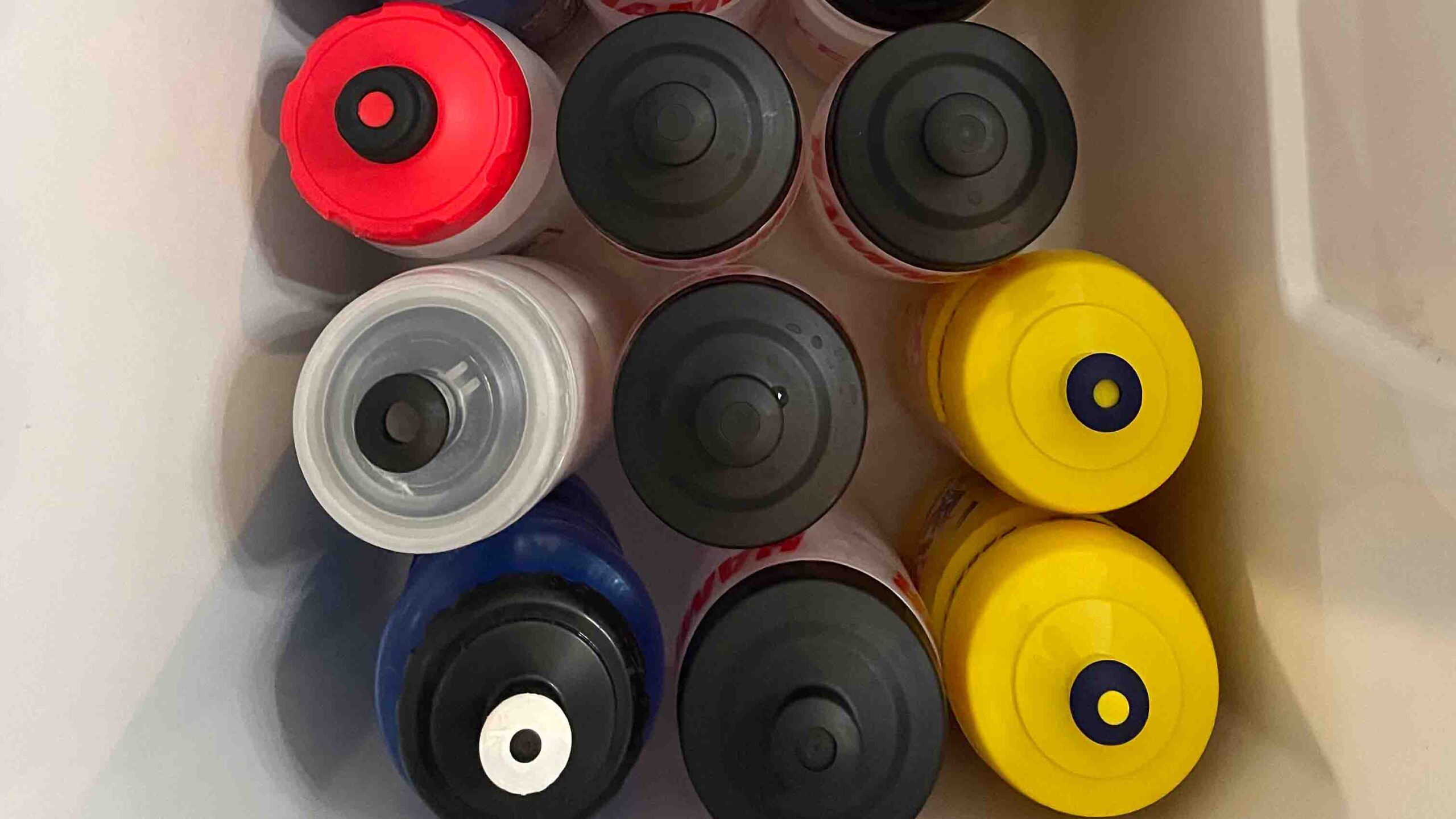
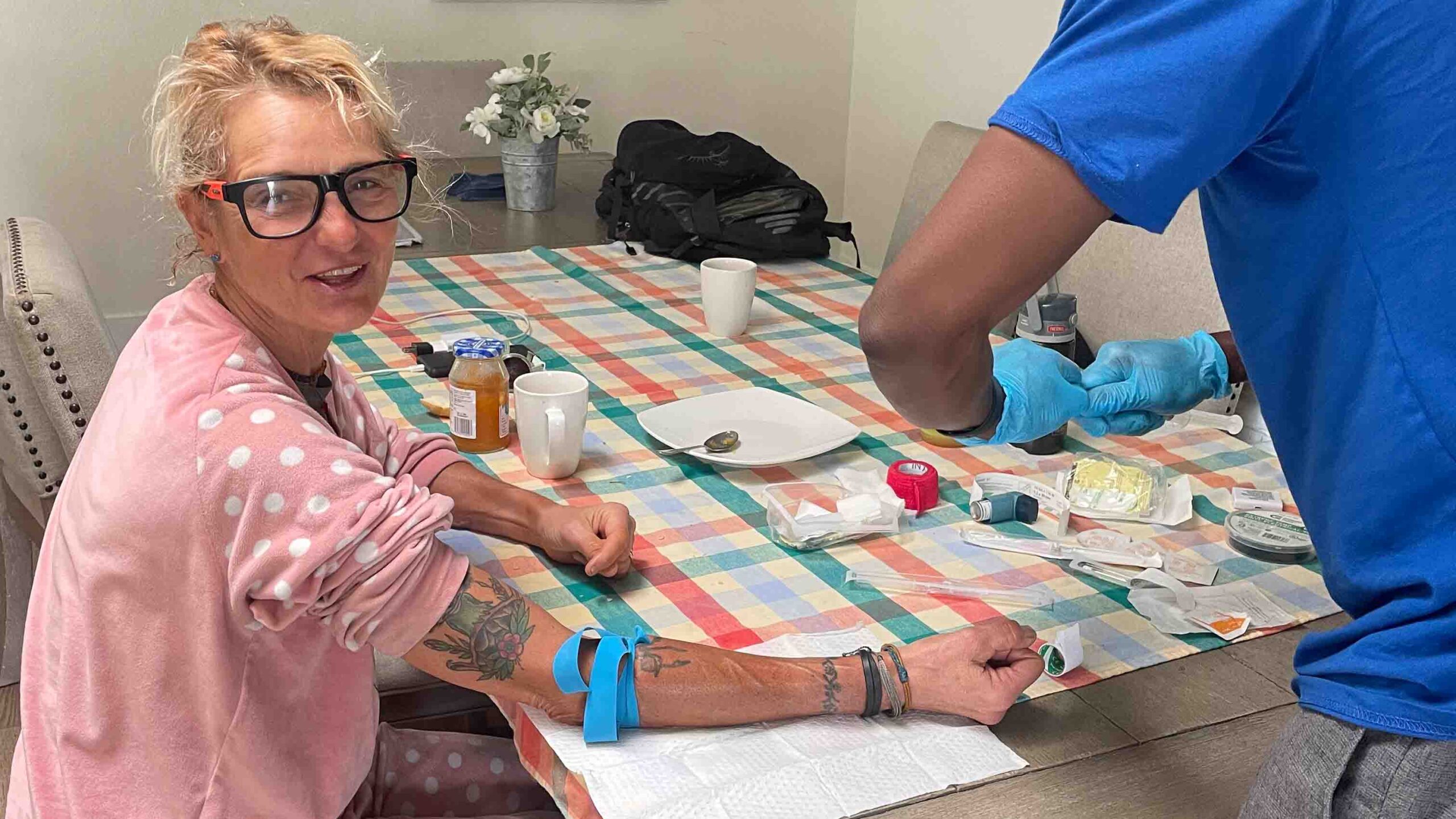
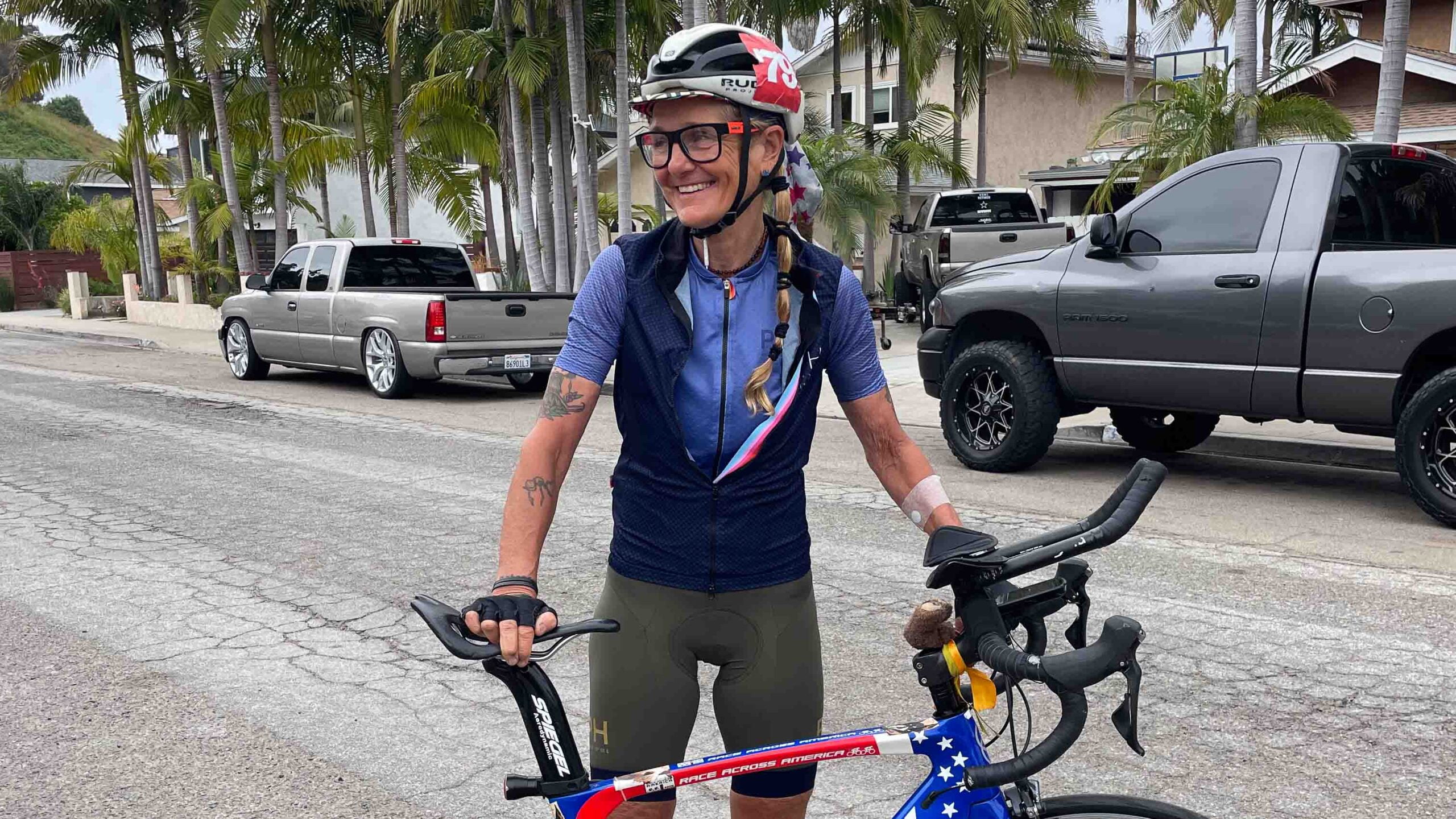






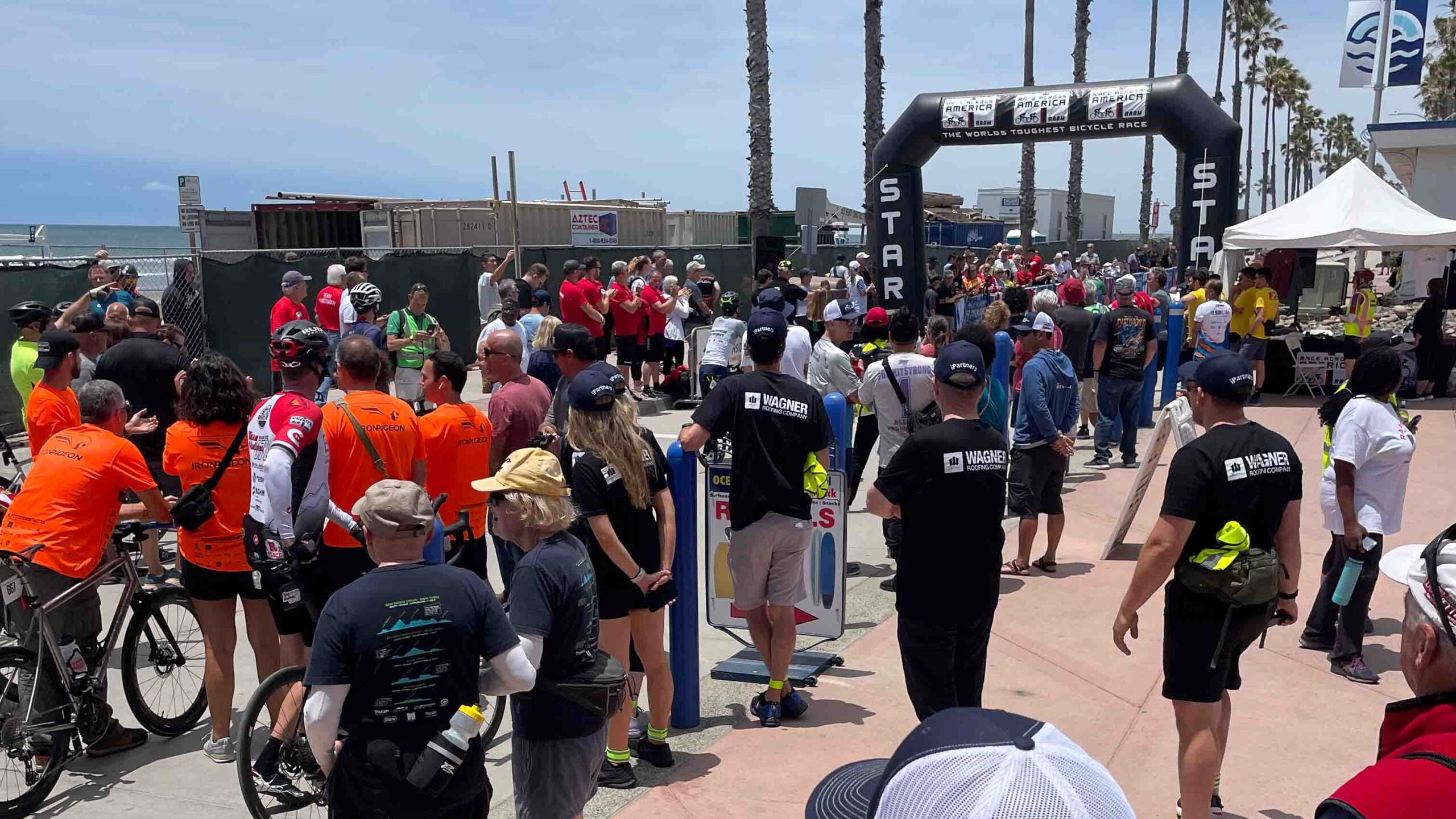

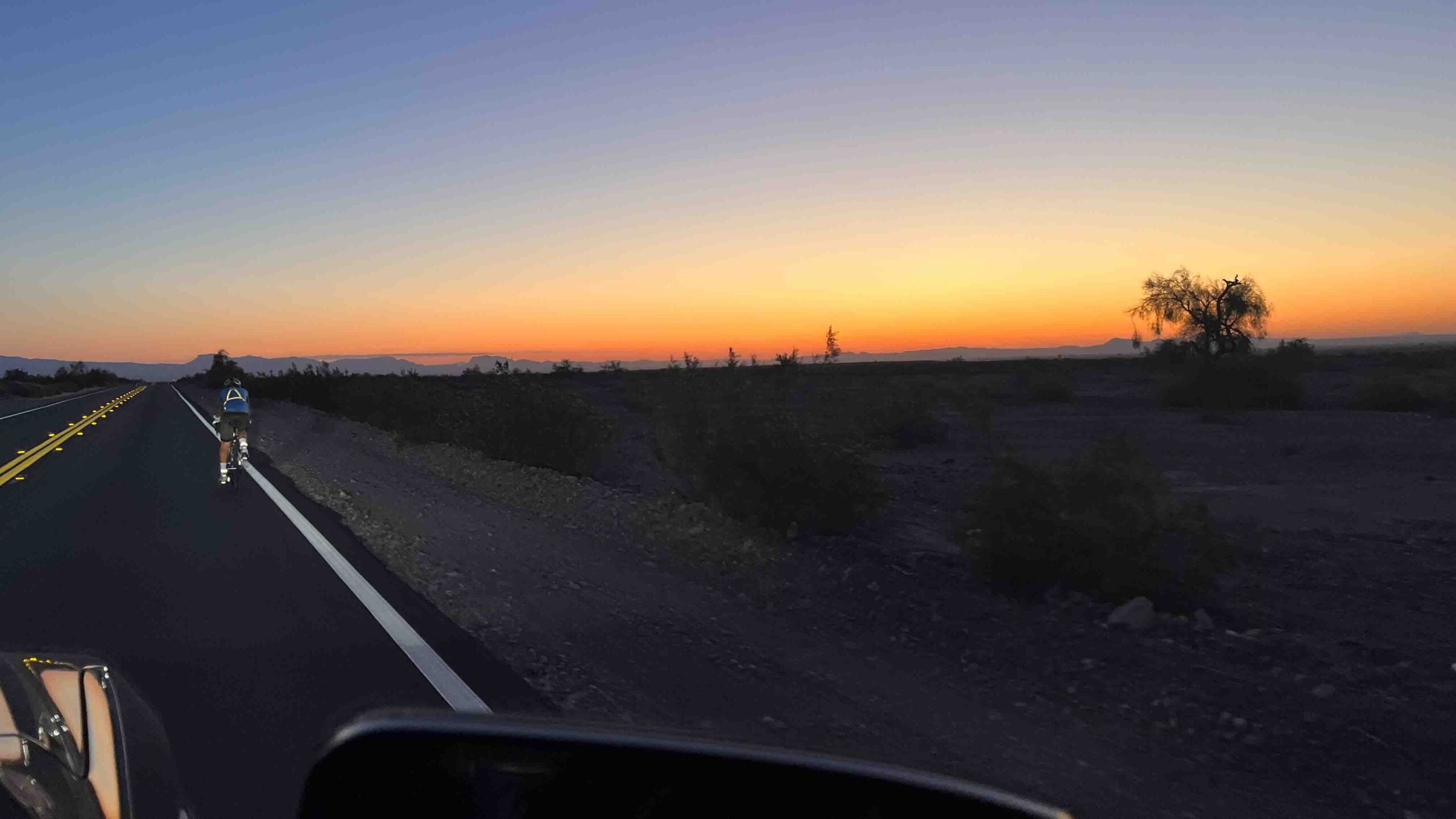
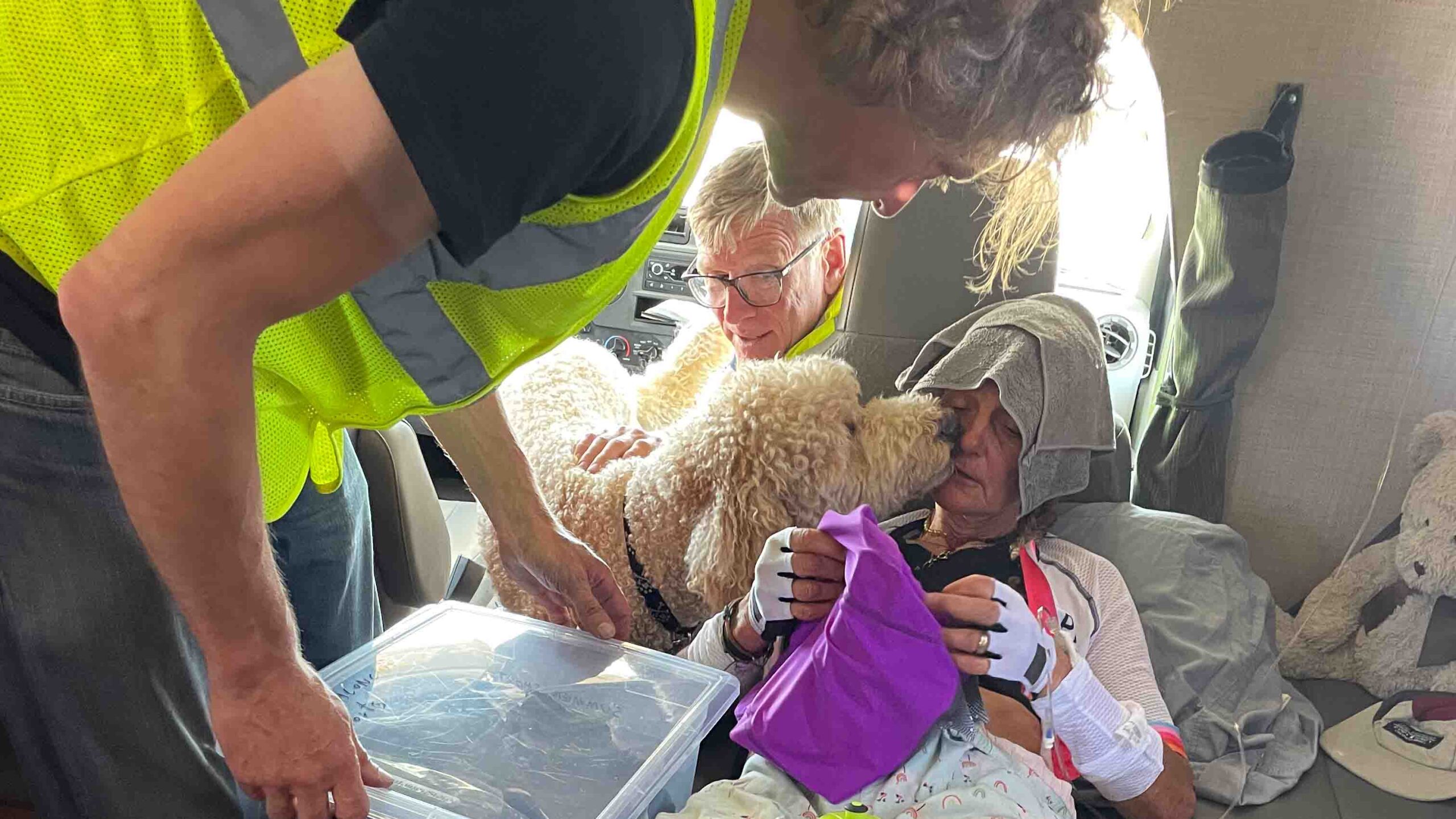

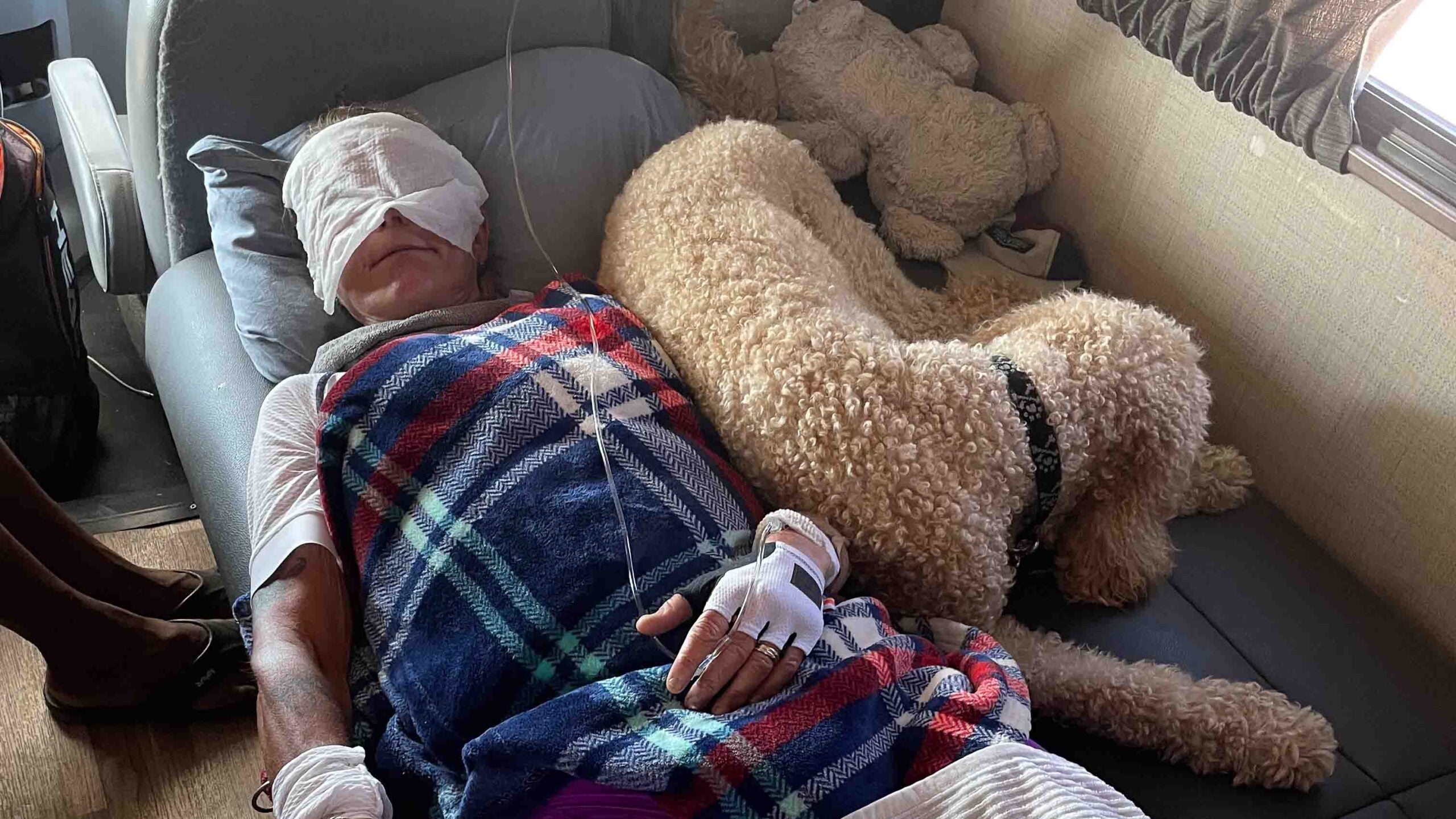

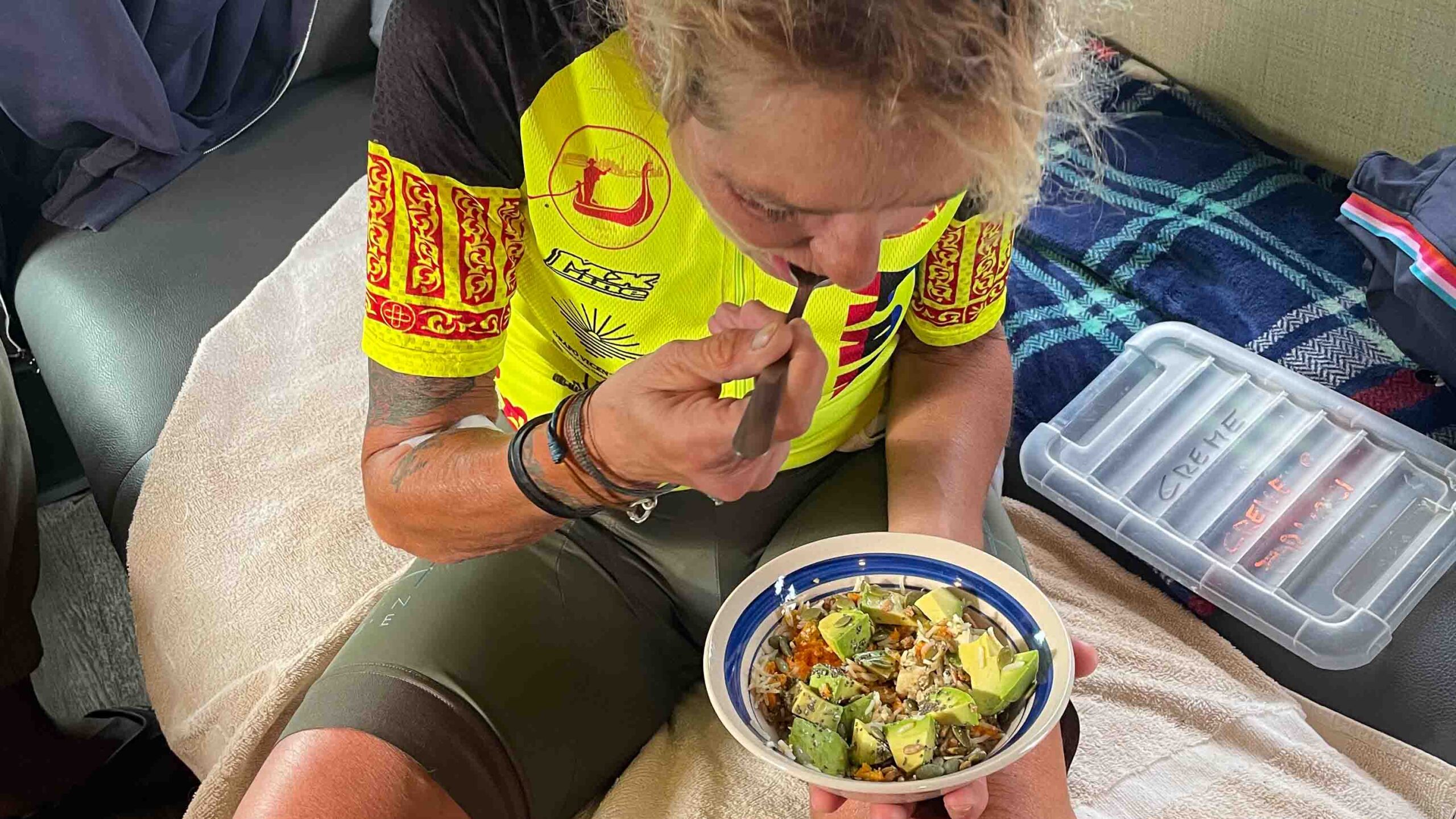

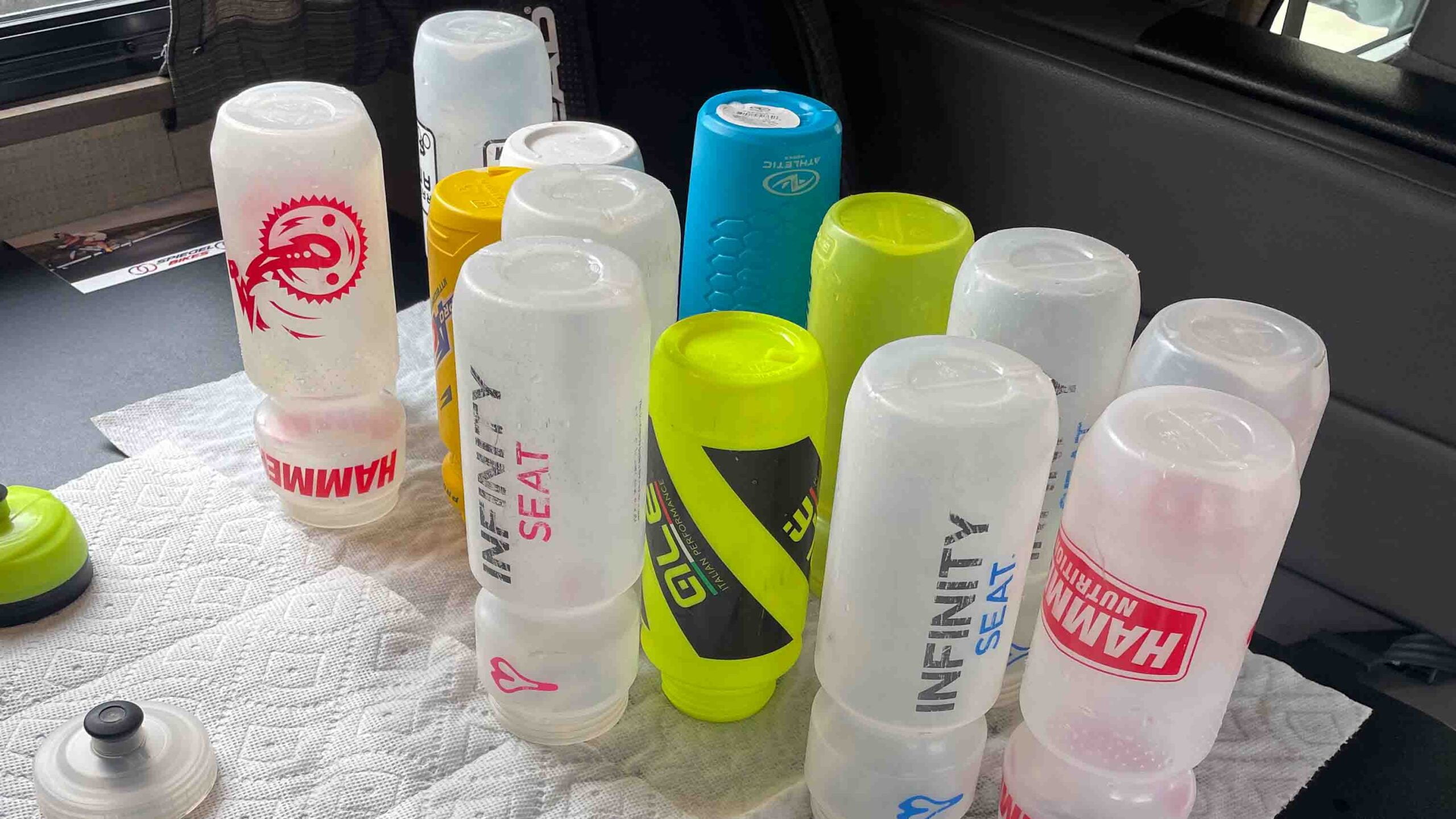

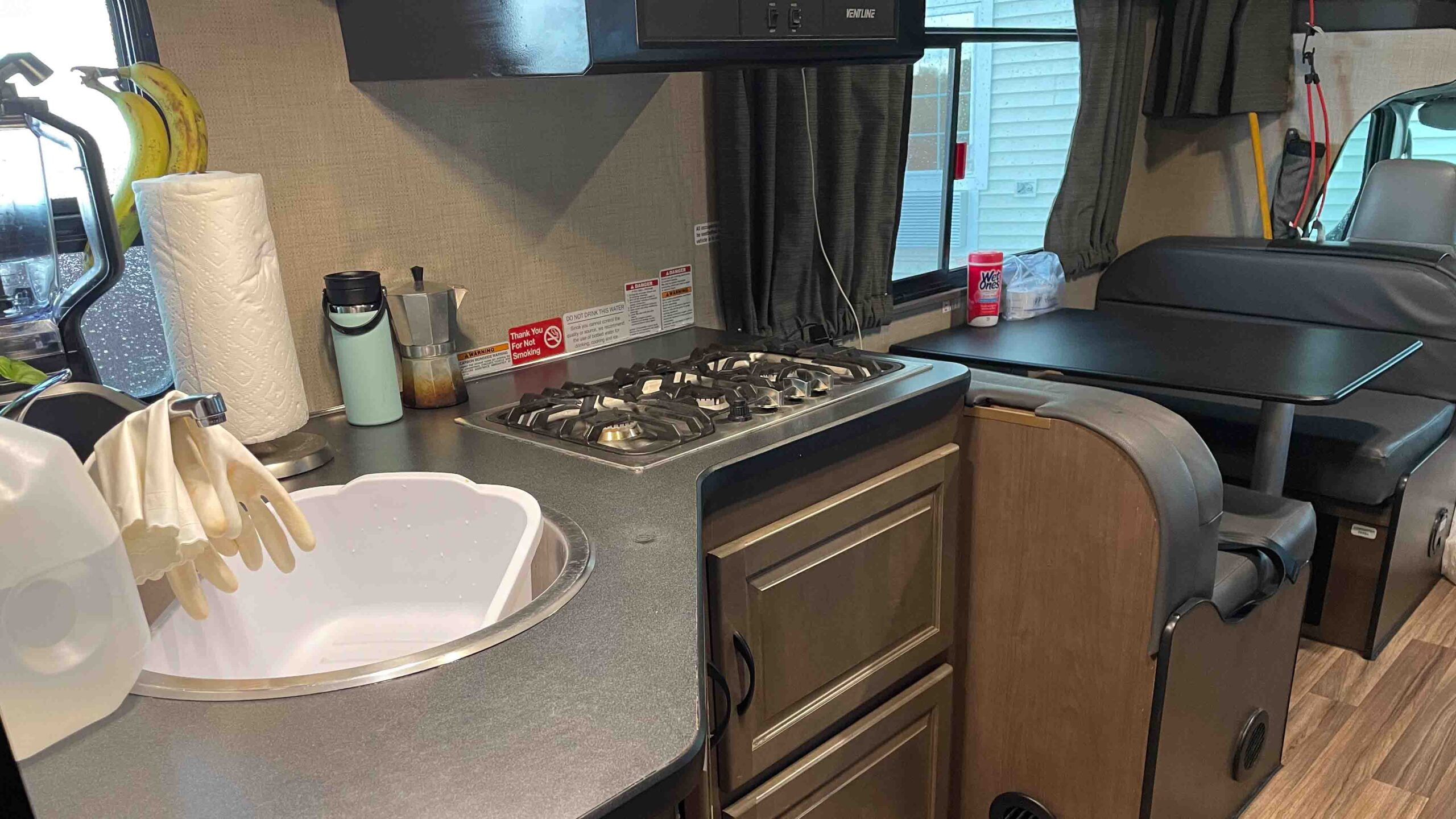






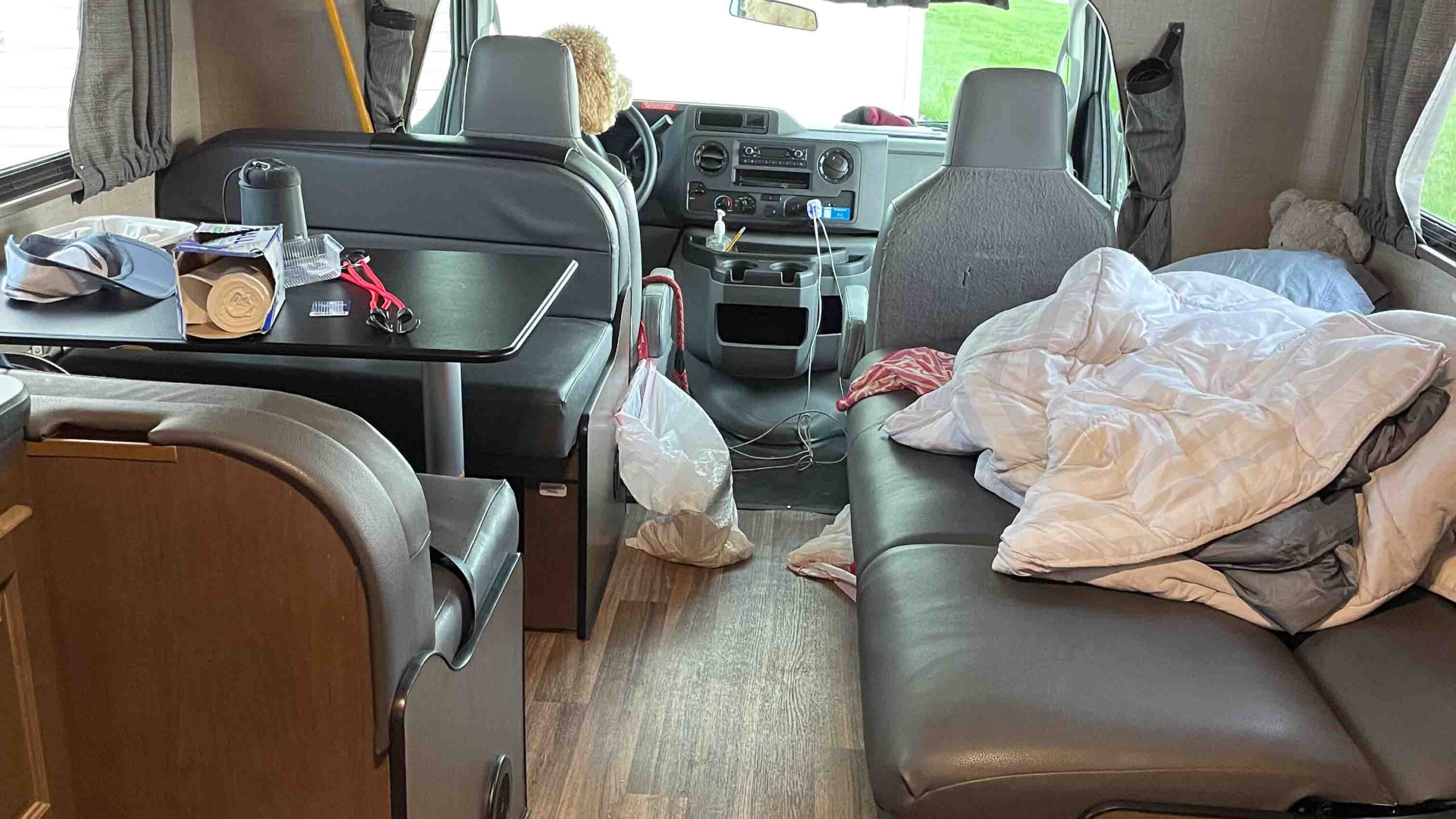



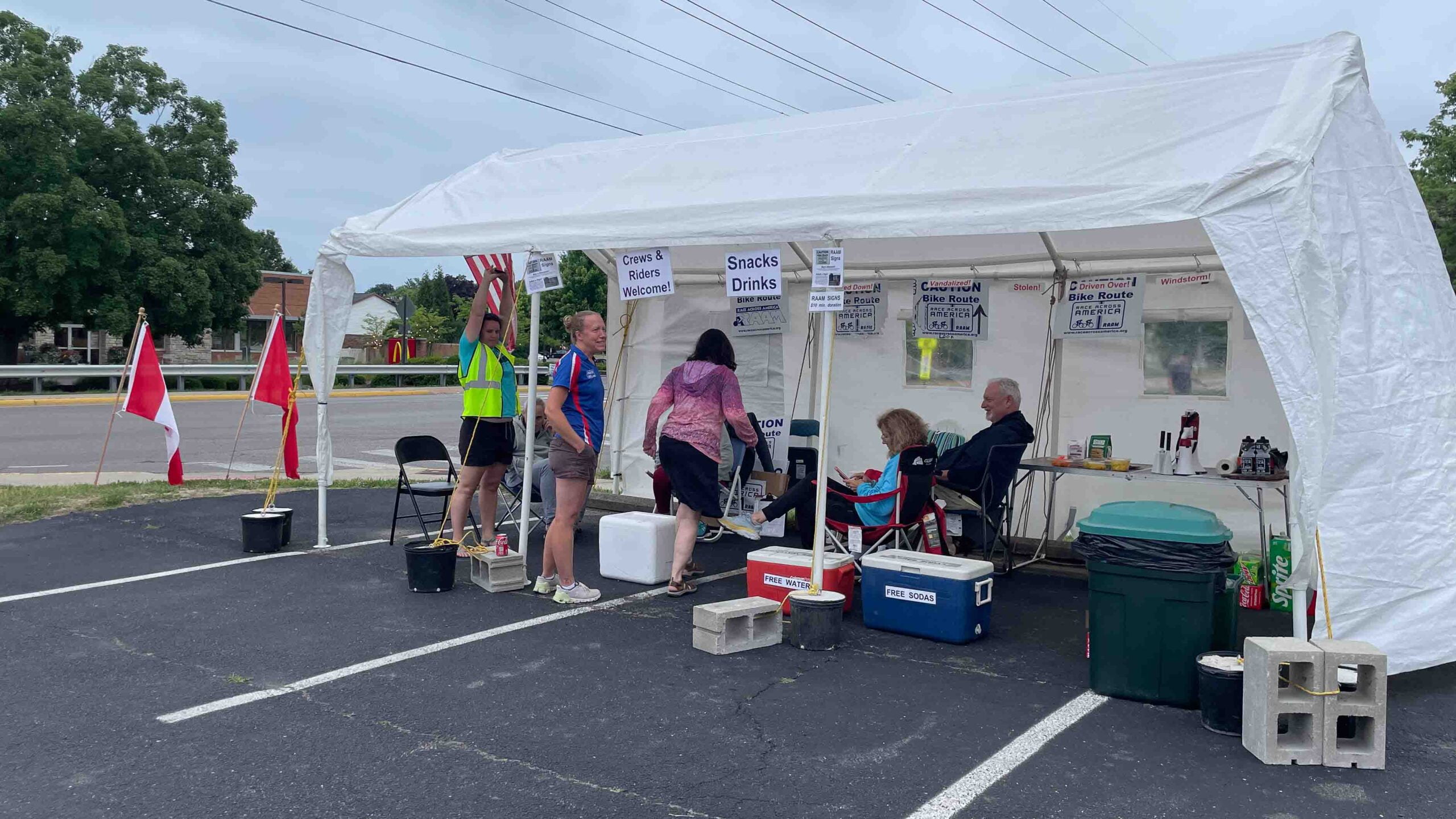

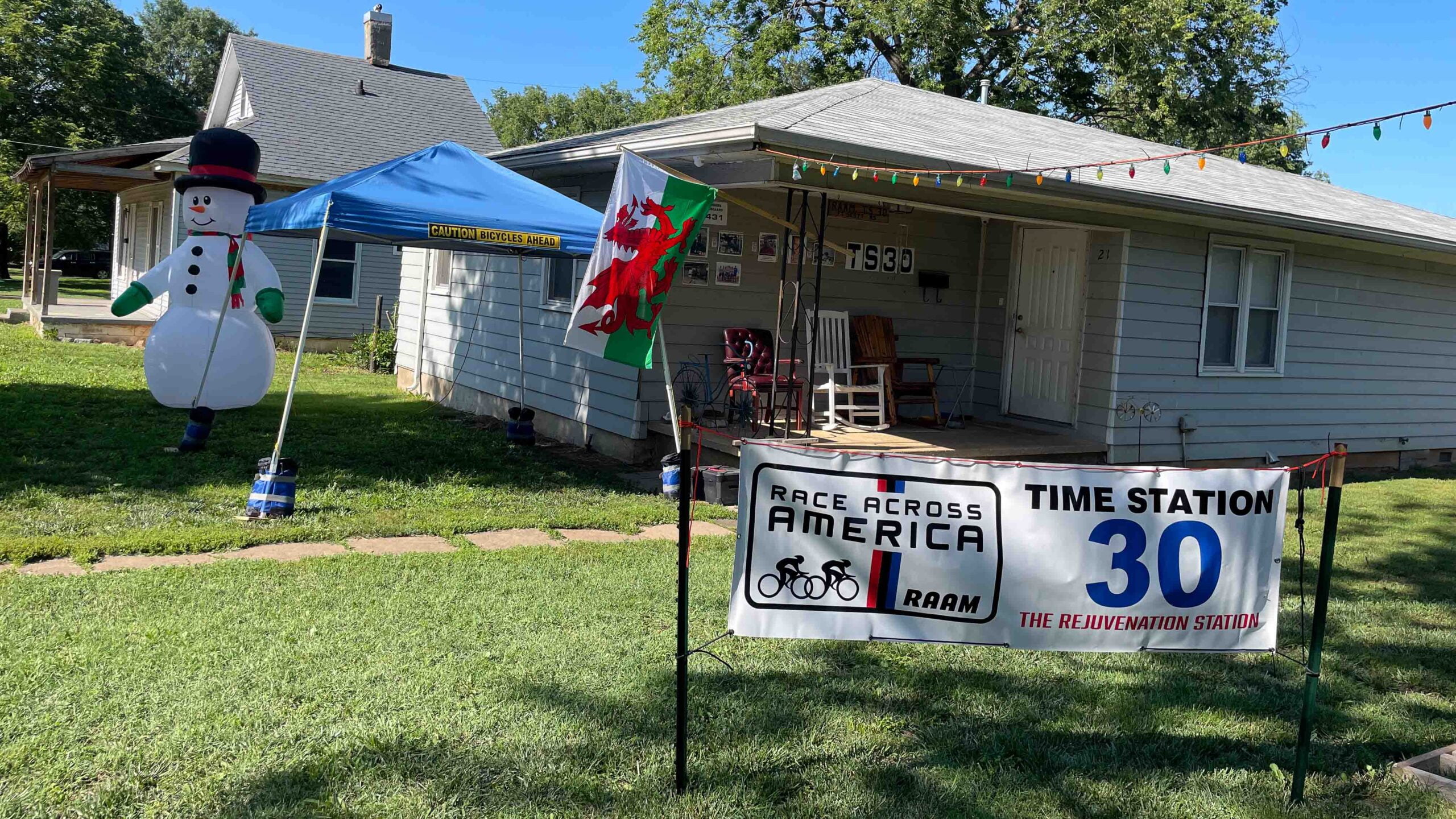

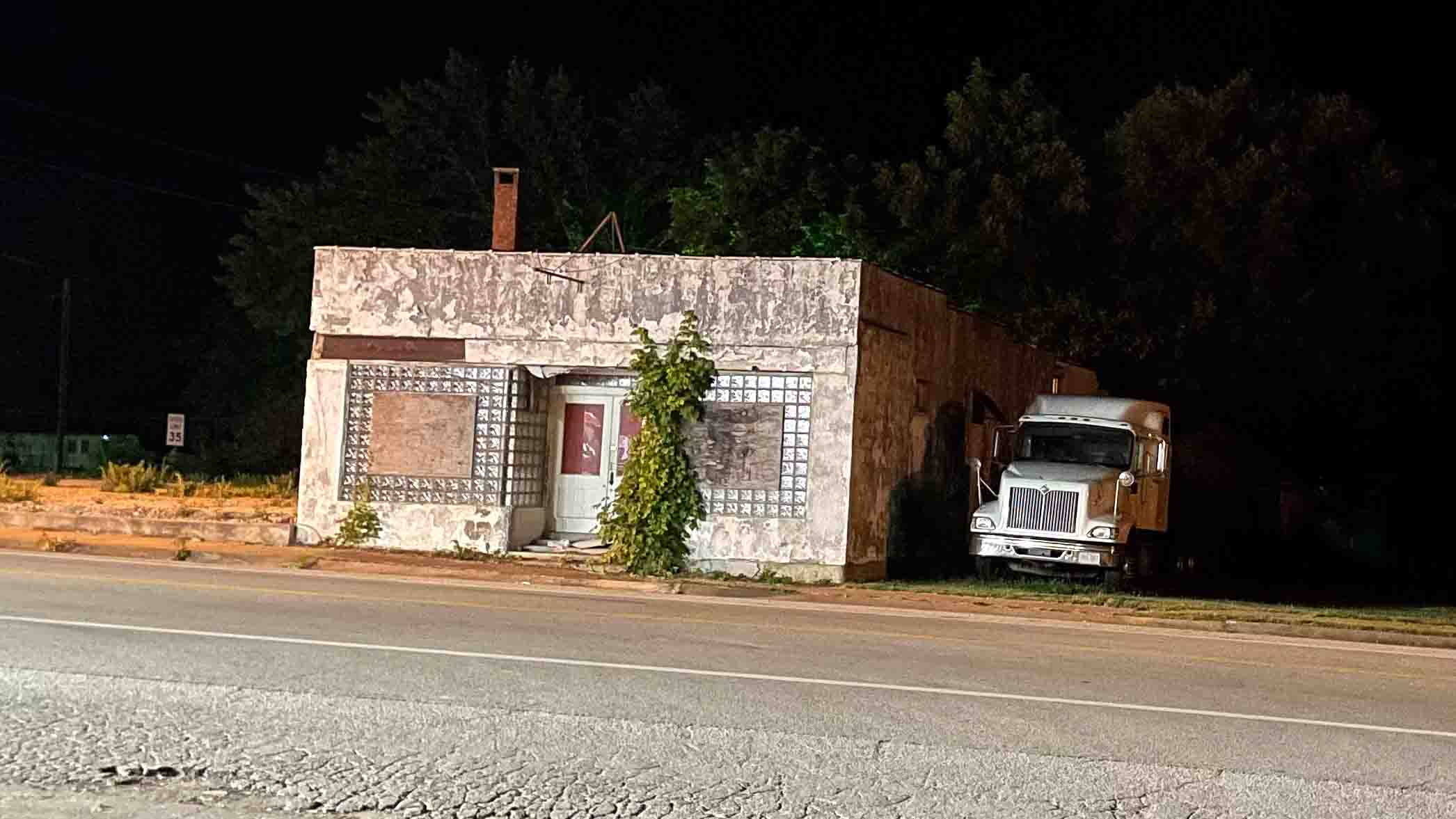
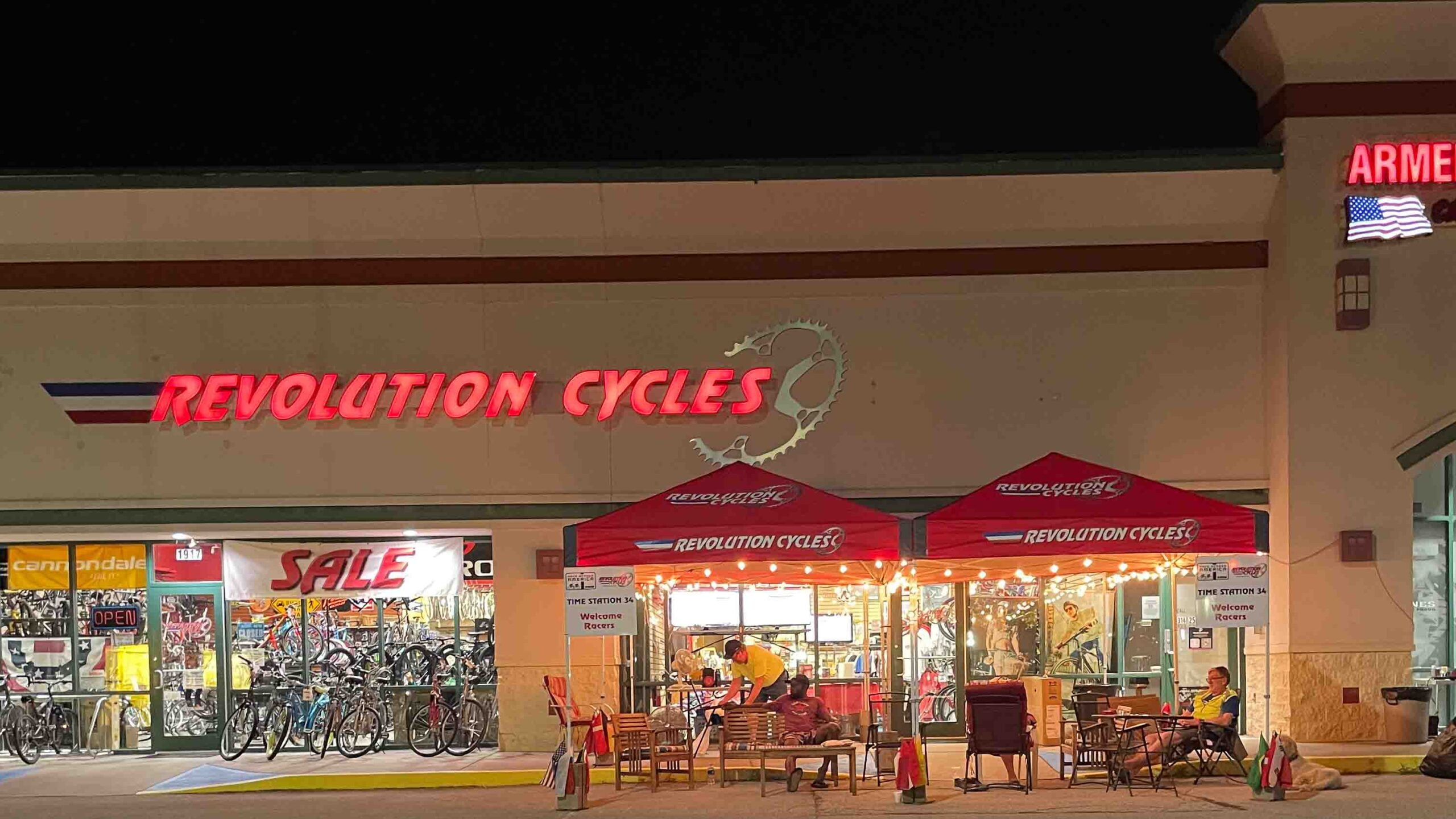


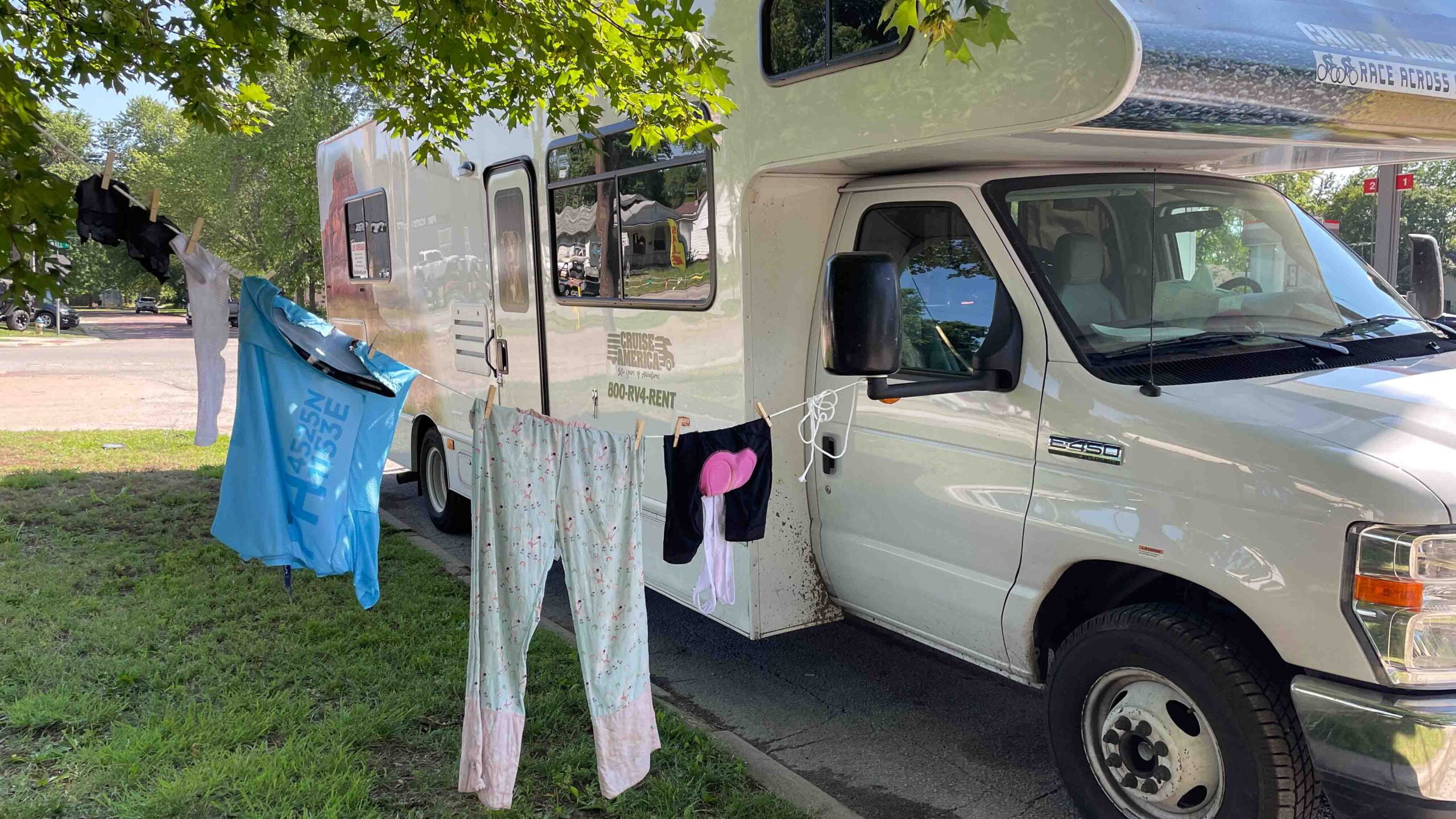

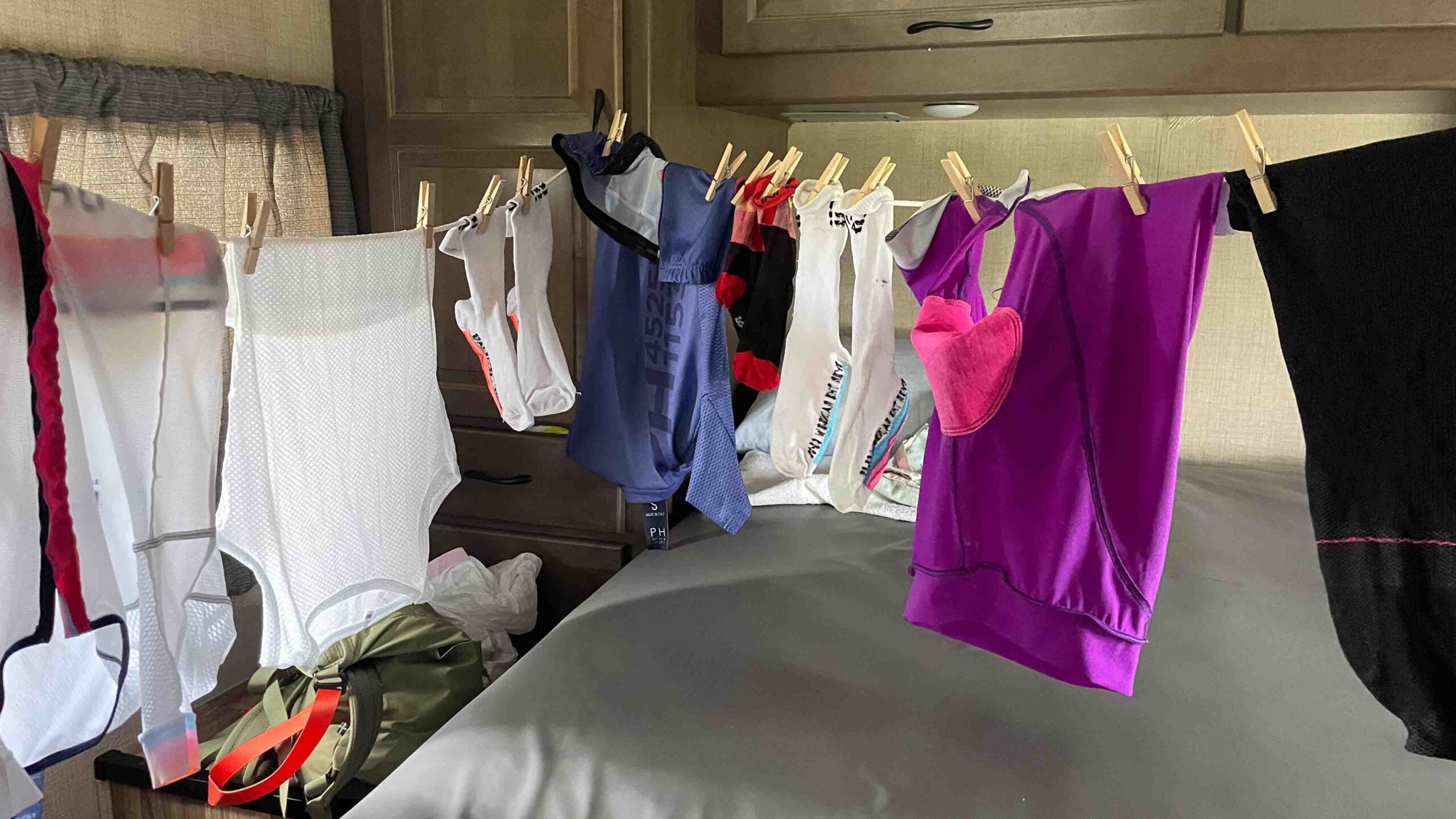




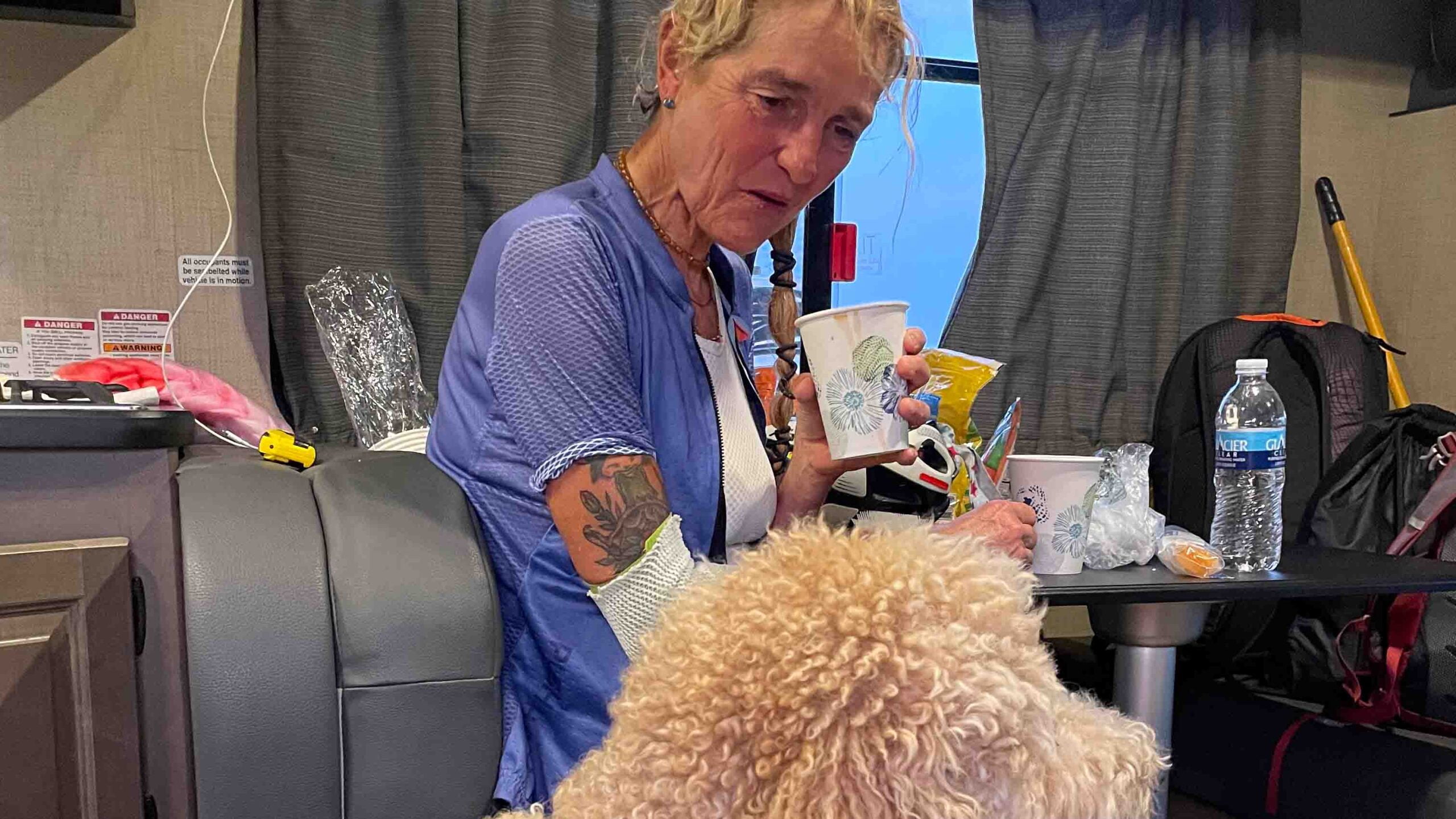



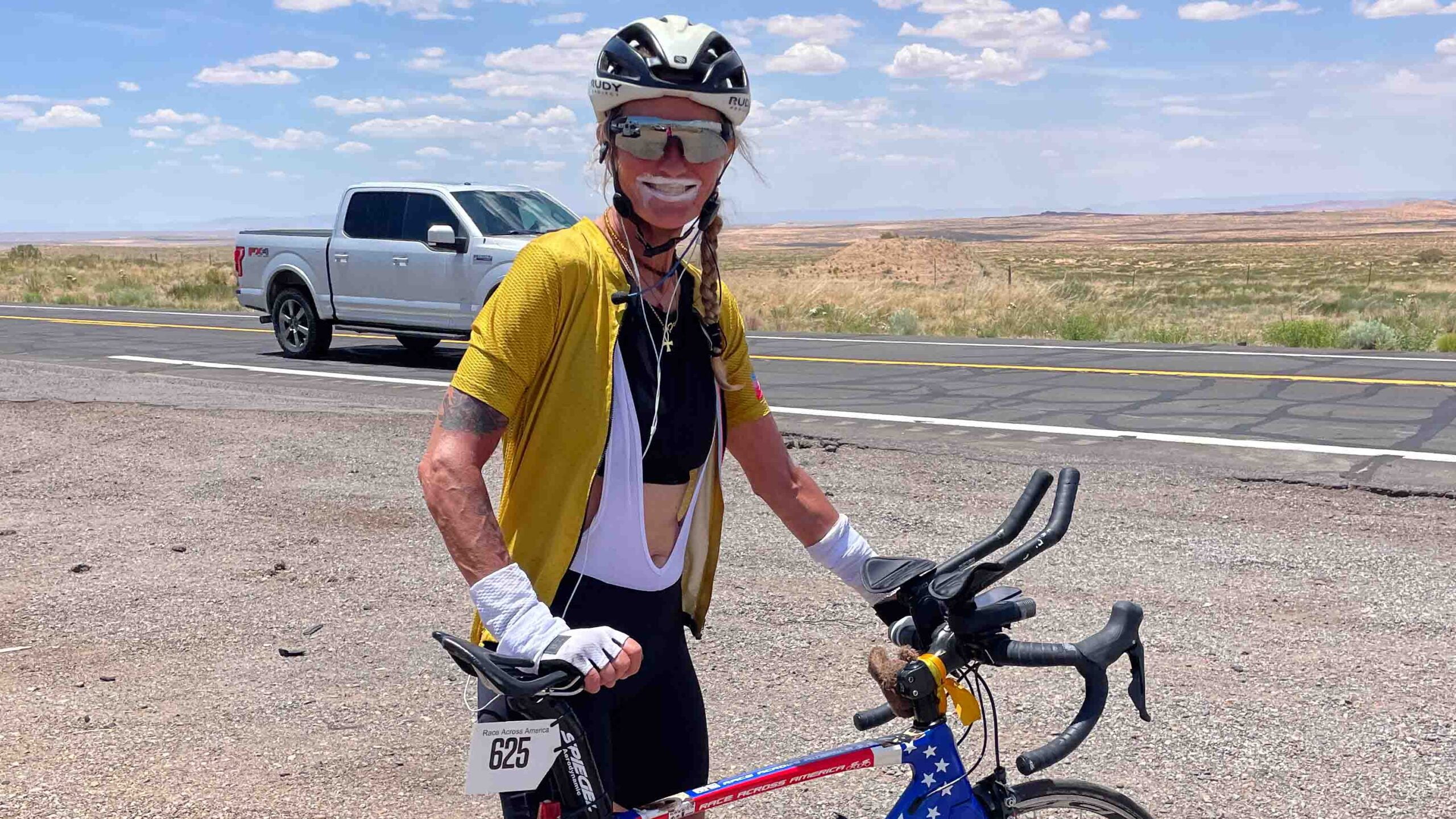
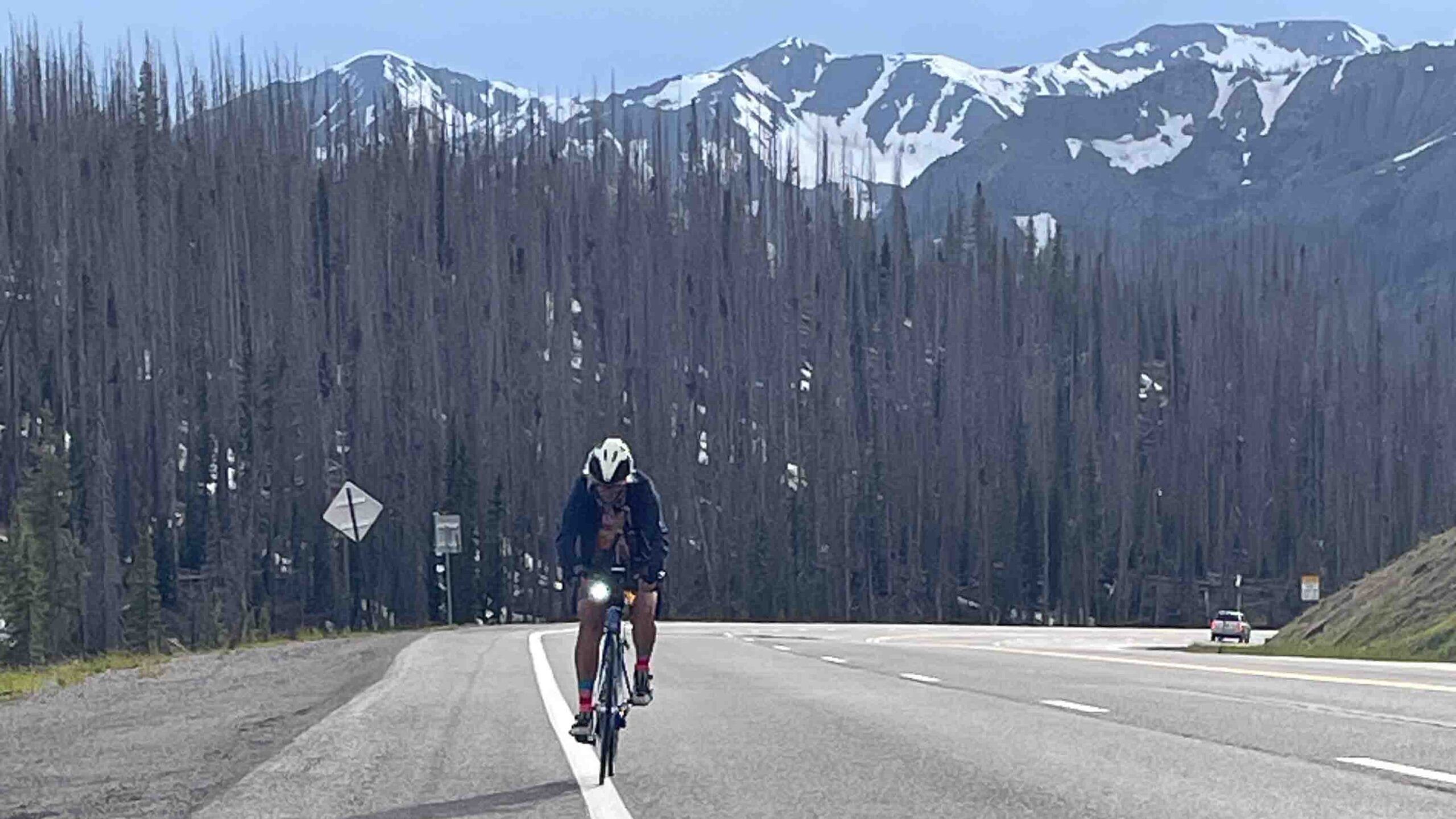






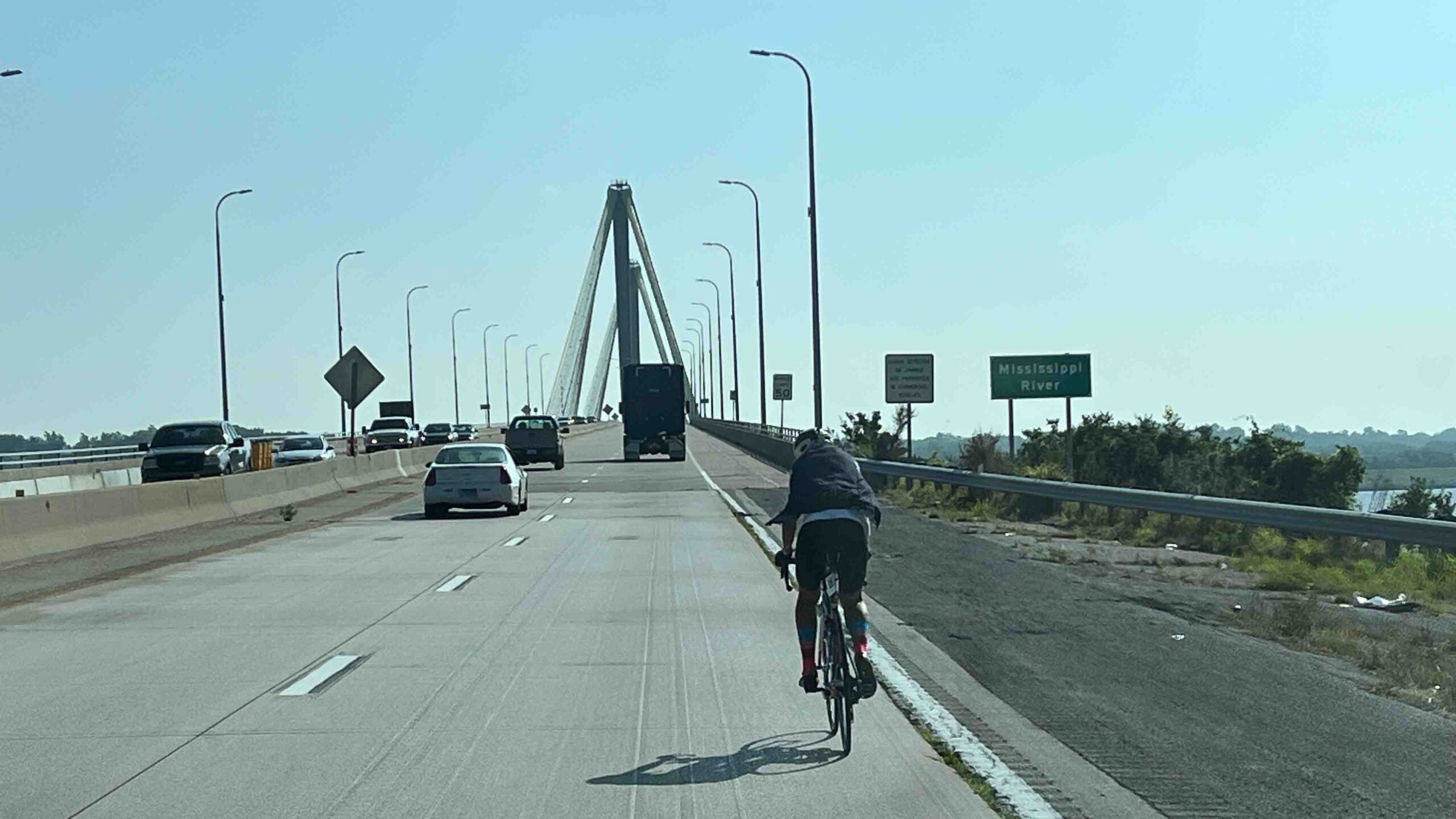
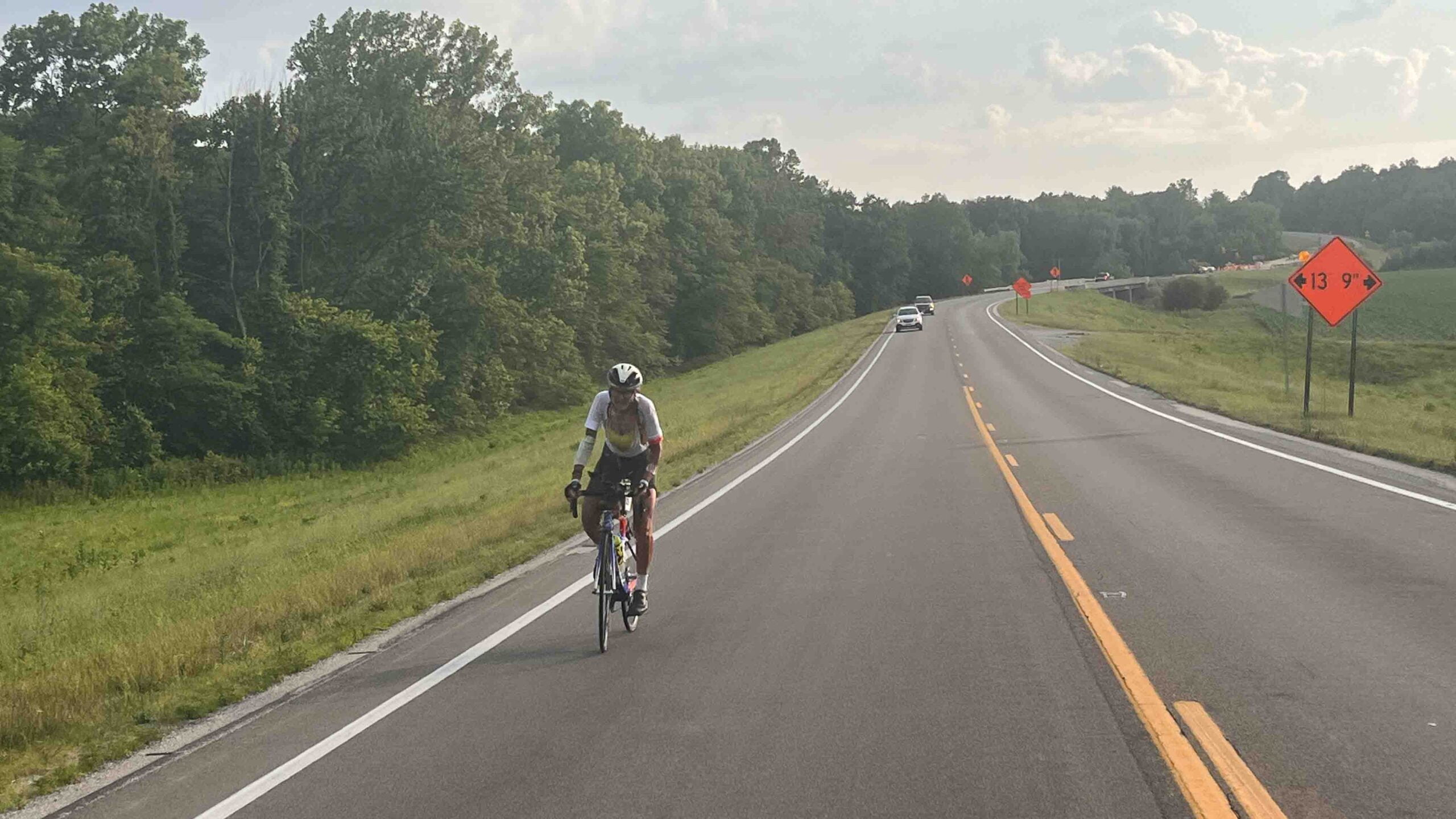


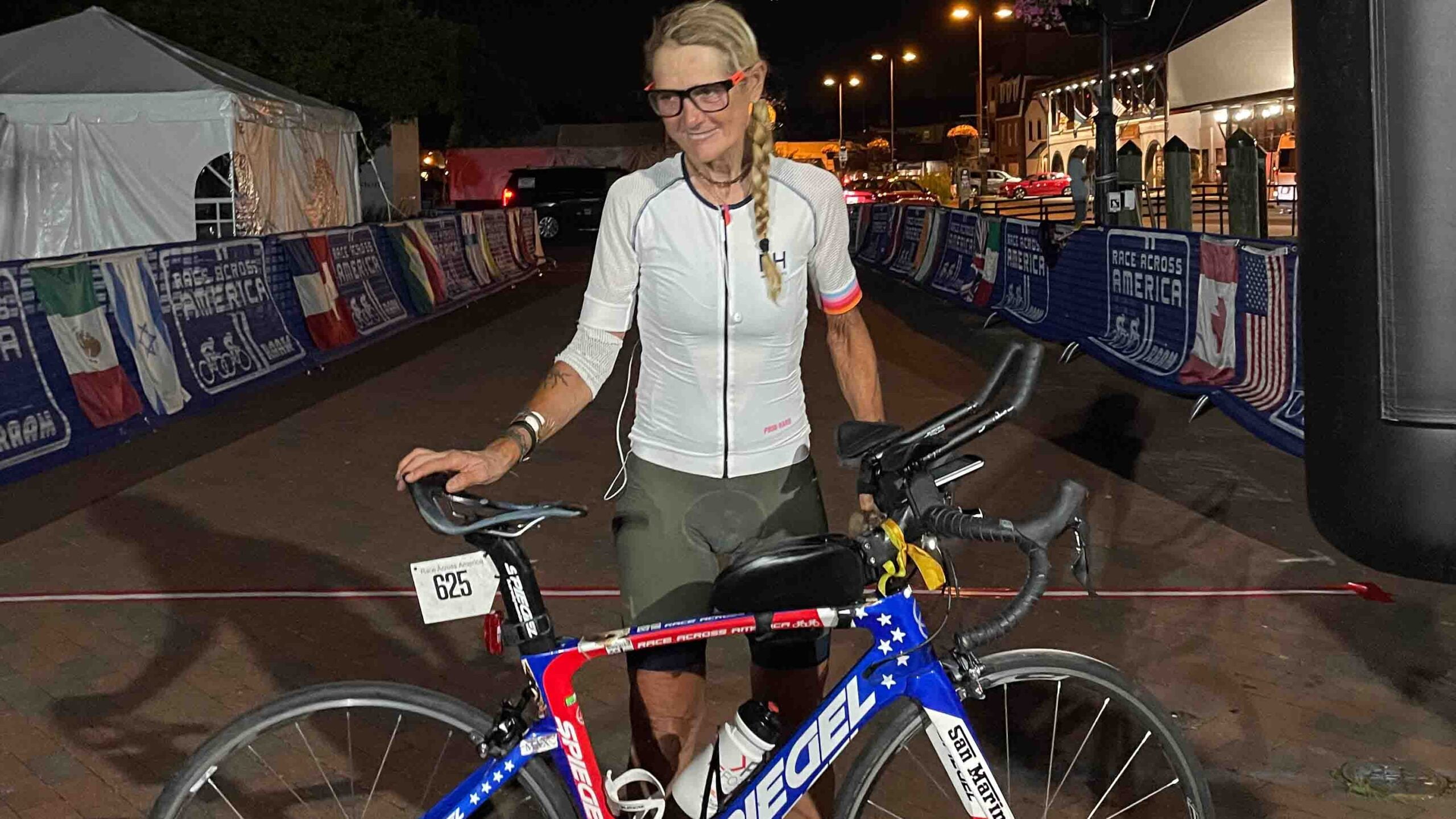
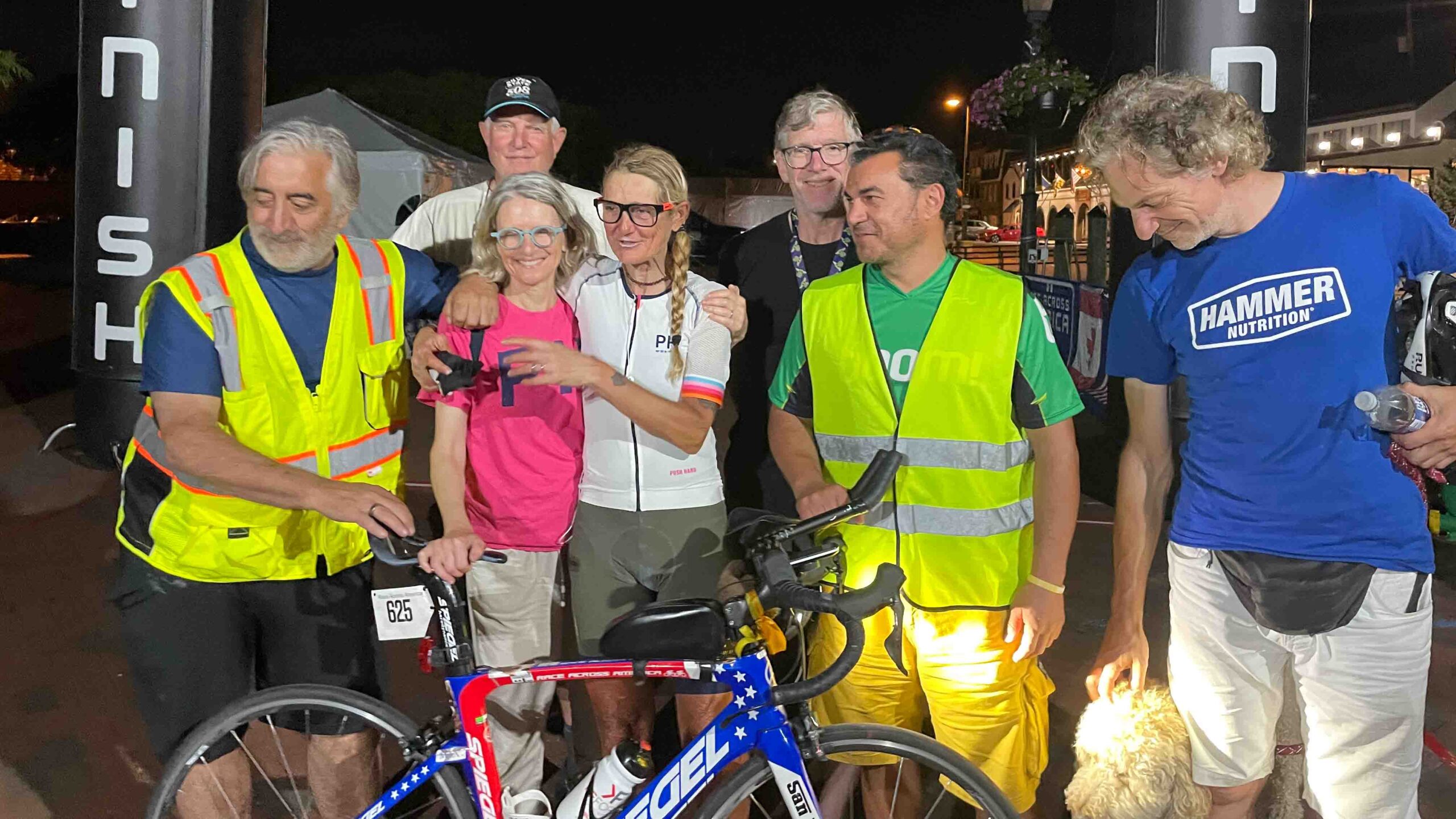
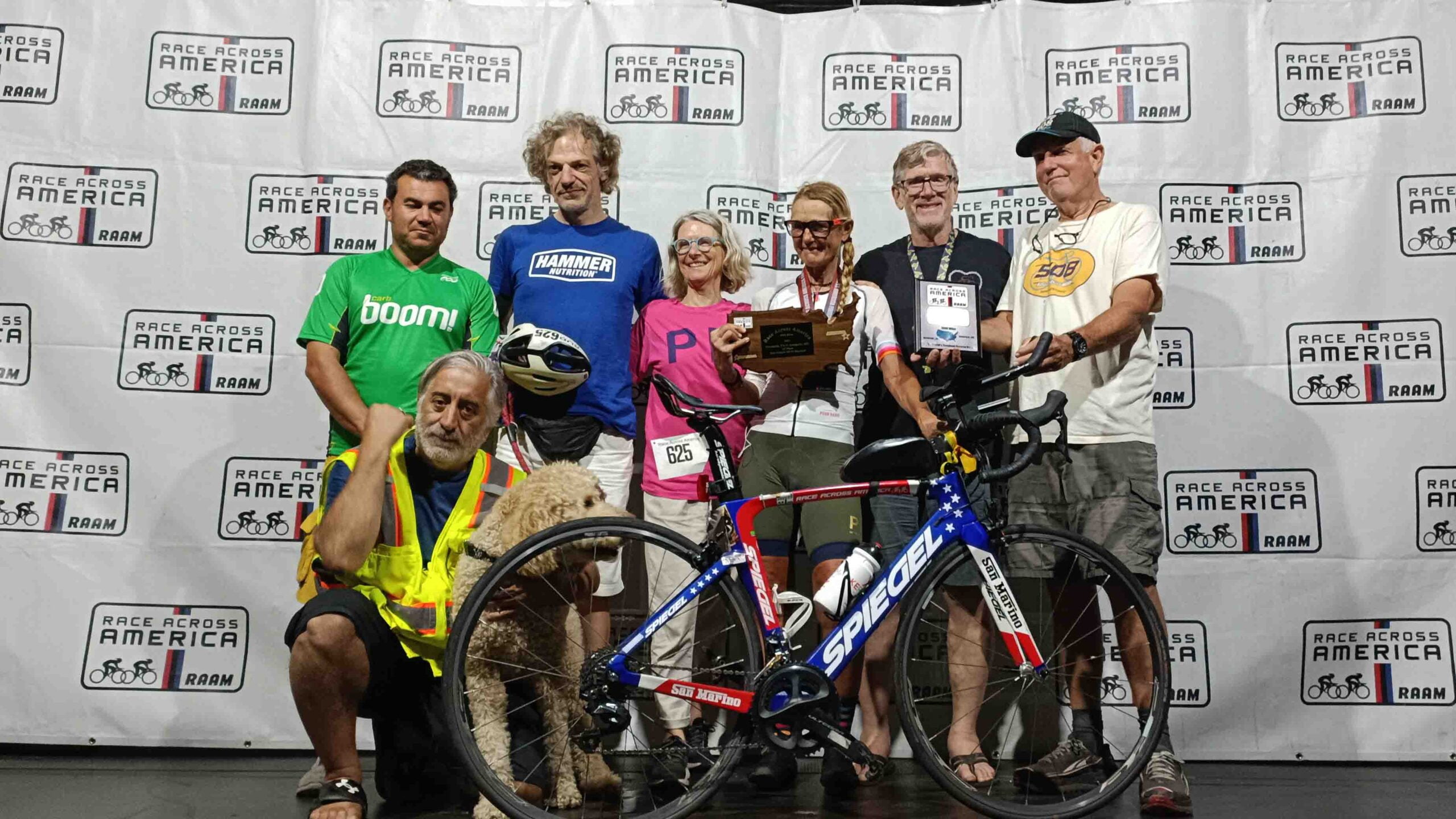

RAAM (and RAW) is definitely incredible, and not something you forget, even as crew. I crewed for a four-man recumbent team in 2012. That was fun as it was non-stop, changing riders every ~20 minutes or so. Always wondered how to handle the solitude and quiet miles of supporting a solo rider.
In 2013 and 2014 I crewed RAW; one solo, one 2 person team. It seemed so sensible to ‘just’ be out for three days instead of over a week.
If you want an even different view of the race, sign up to be a race official. I came back in 2016 as RAAM official, going all the way across. Then again in 2017 as a RAW official.
Three very different experiences; RAAM crew, RAW crew, and race official.
Wow, must have been full on supporting a team! Thanks for the insights and different perspectives.